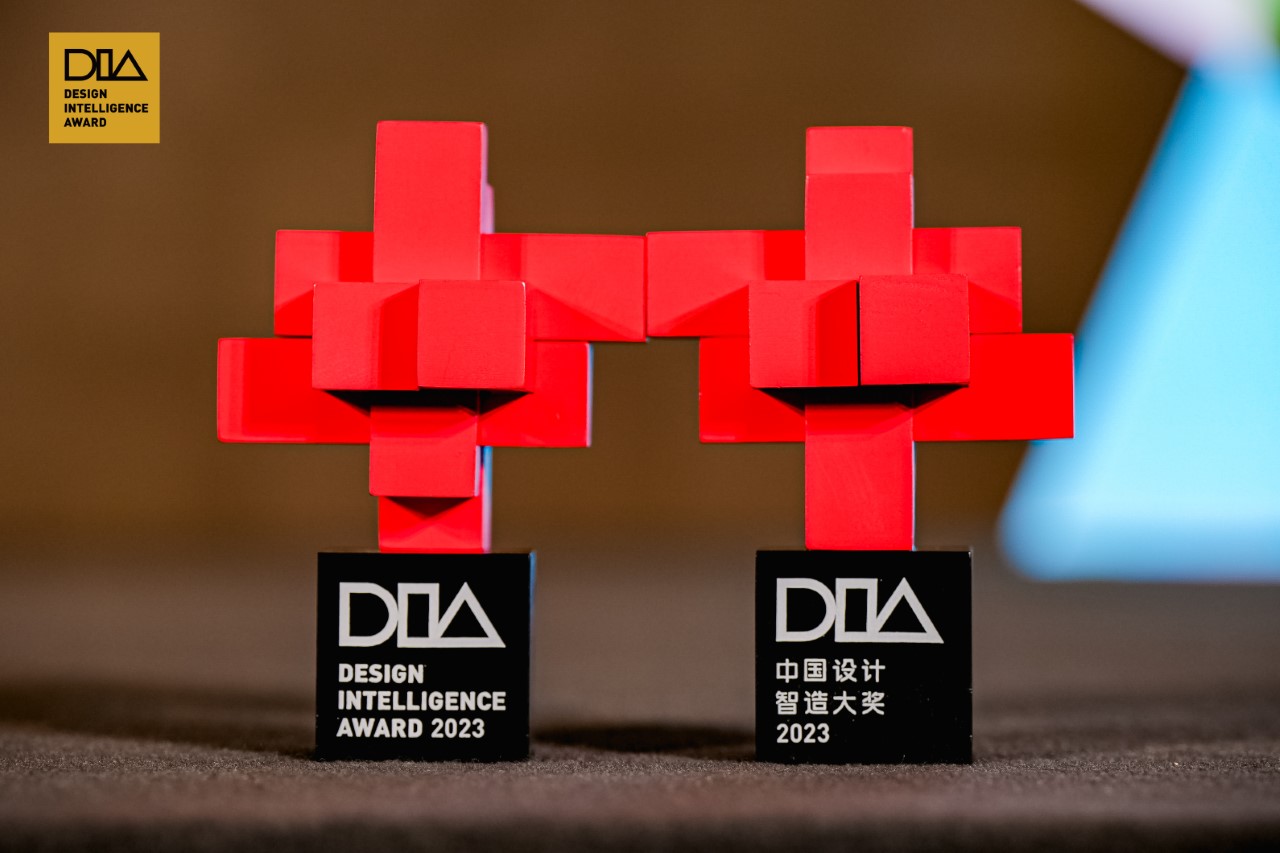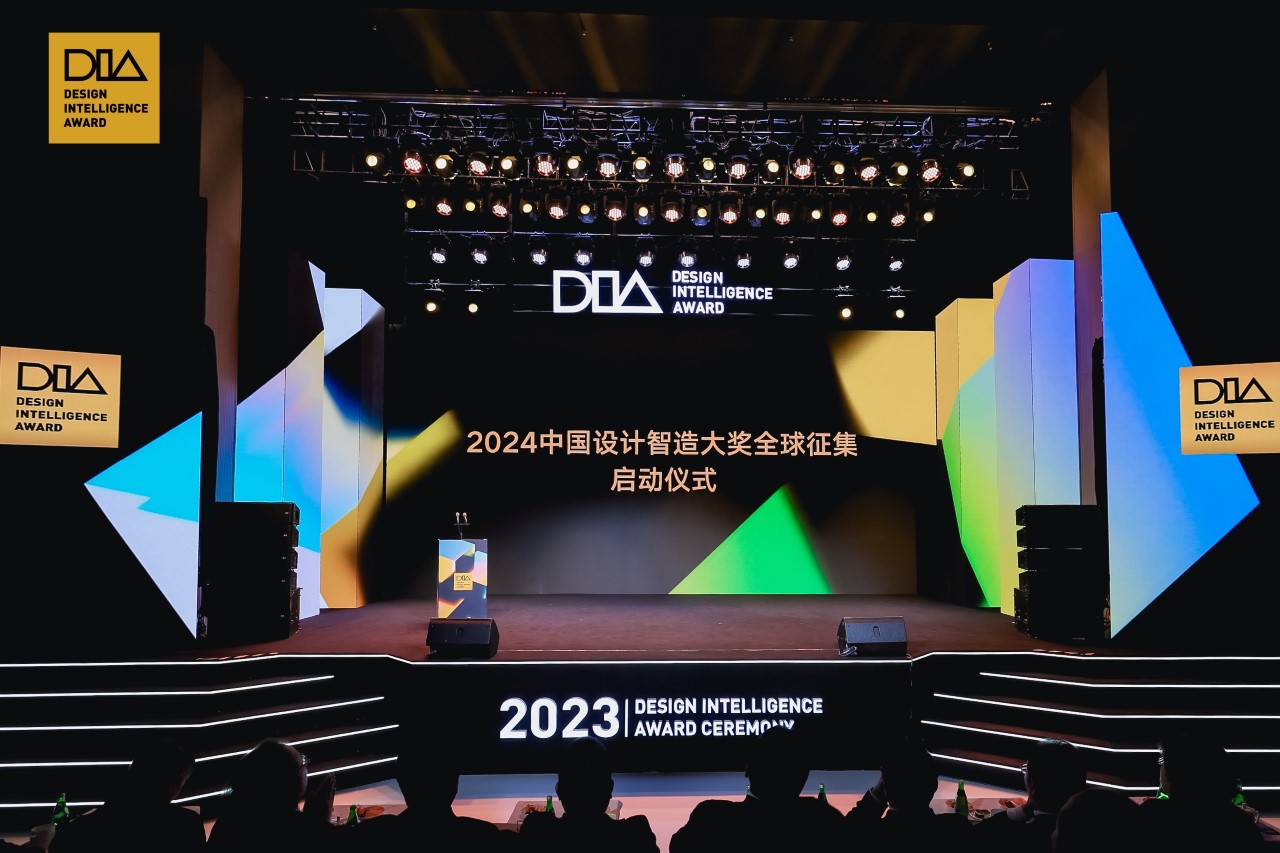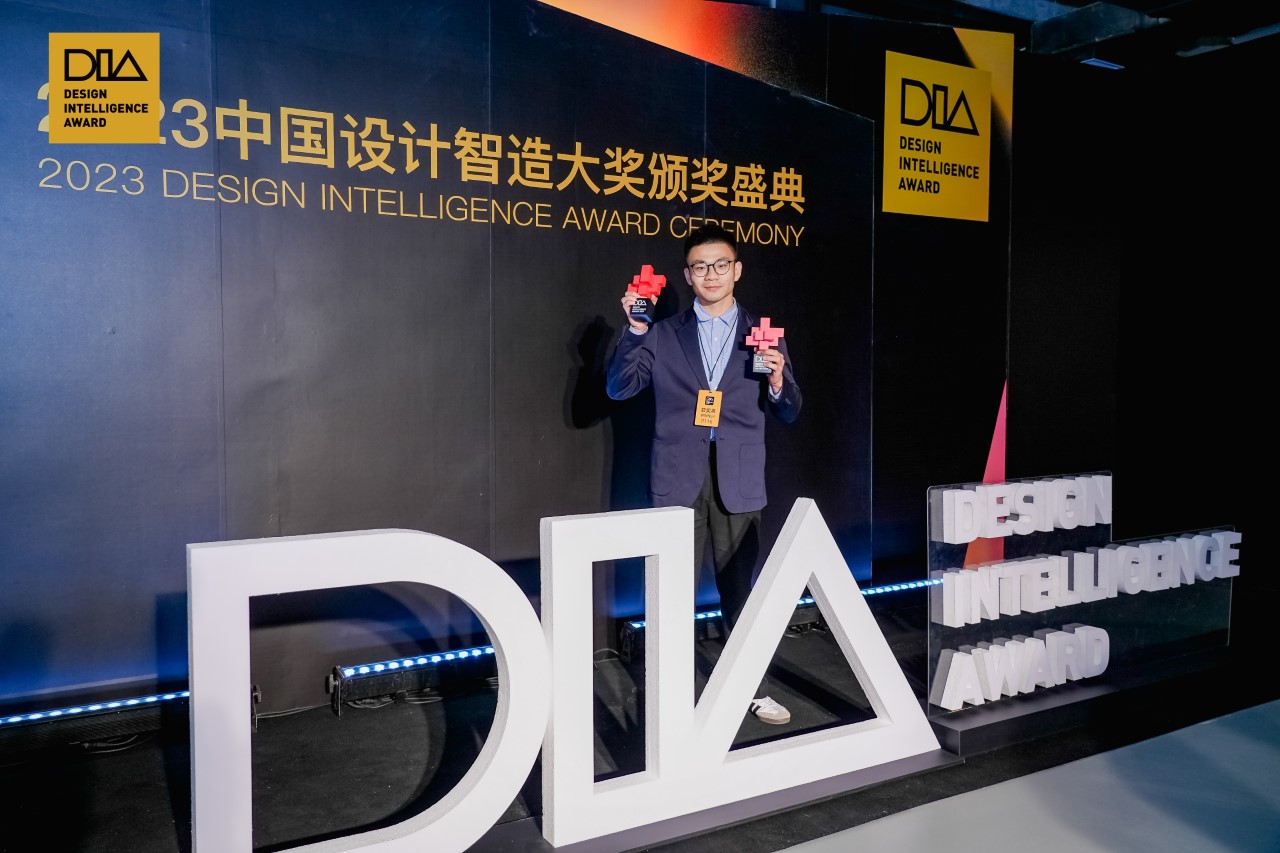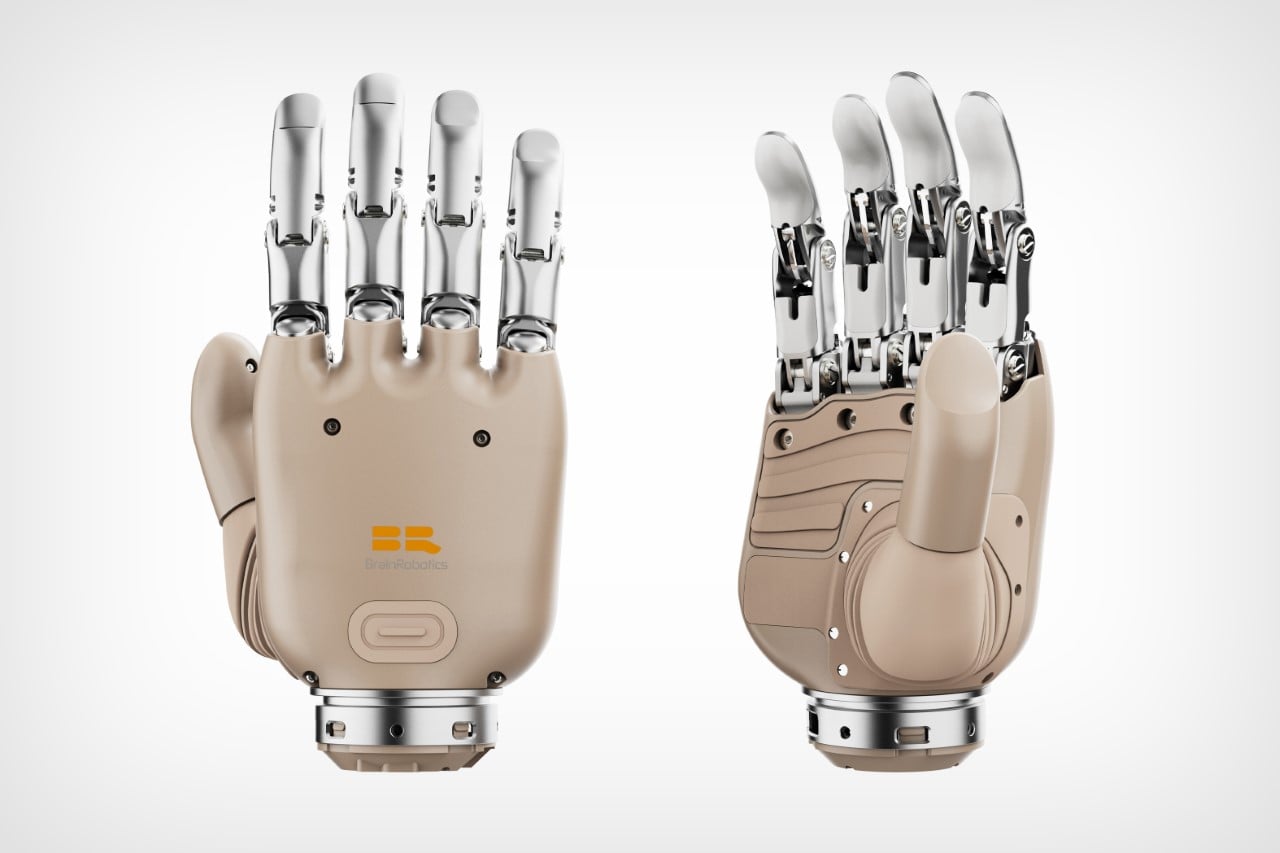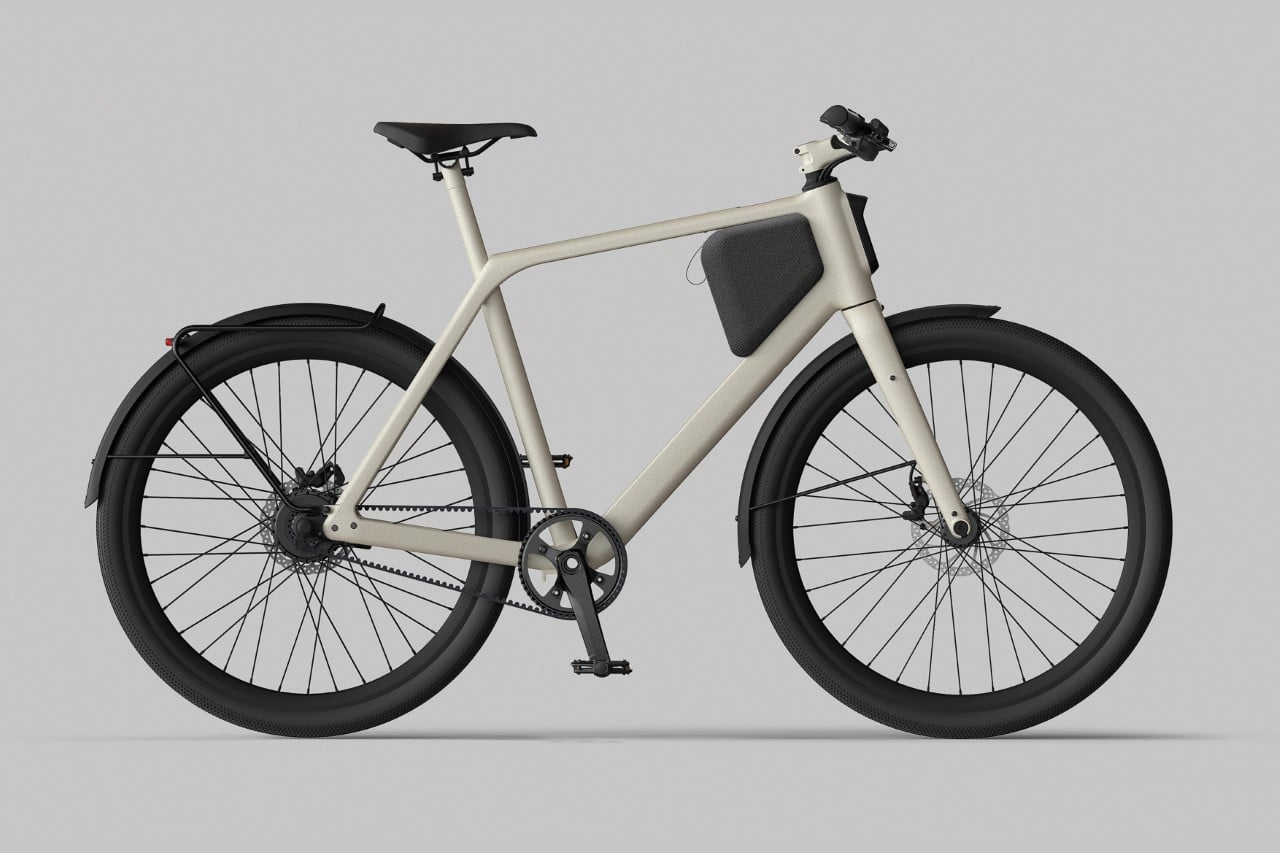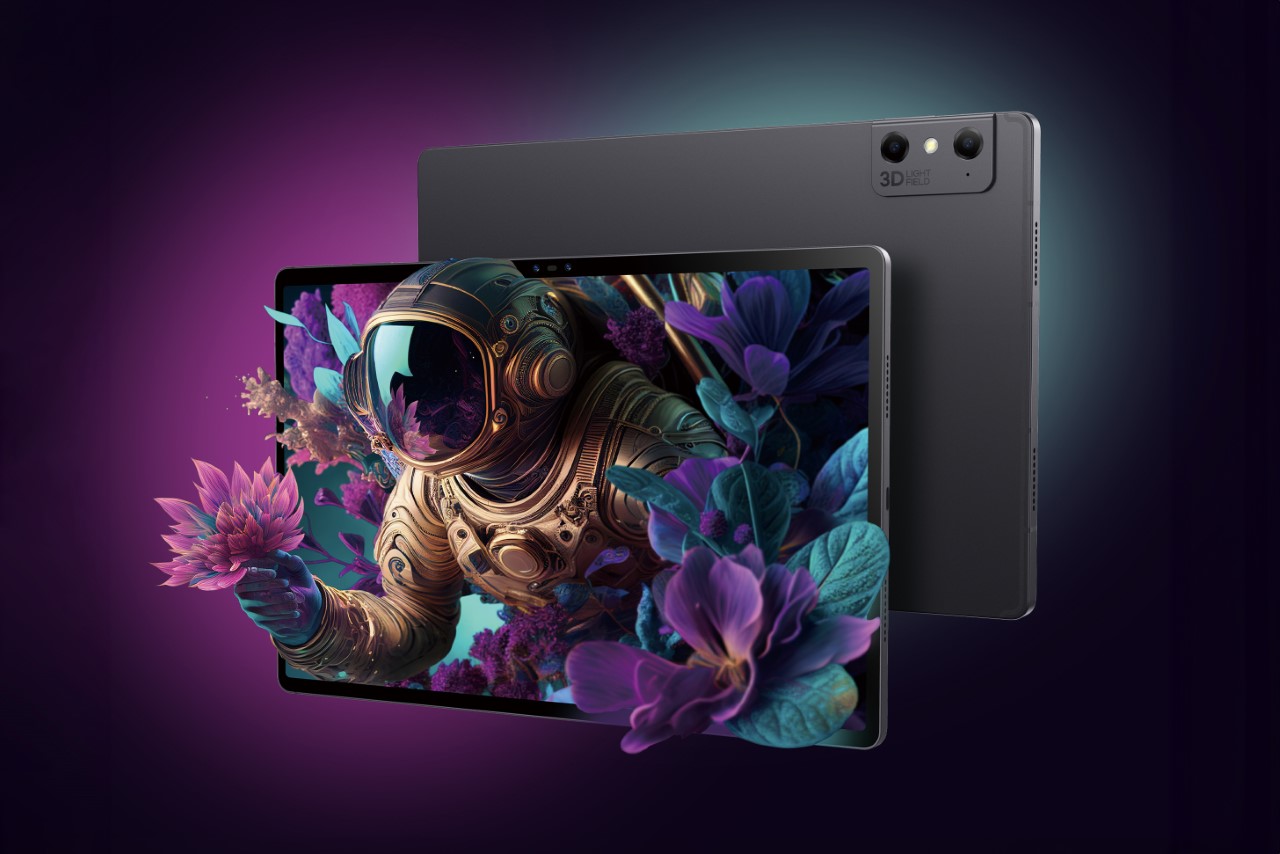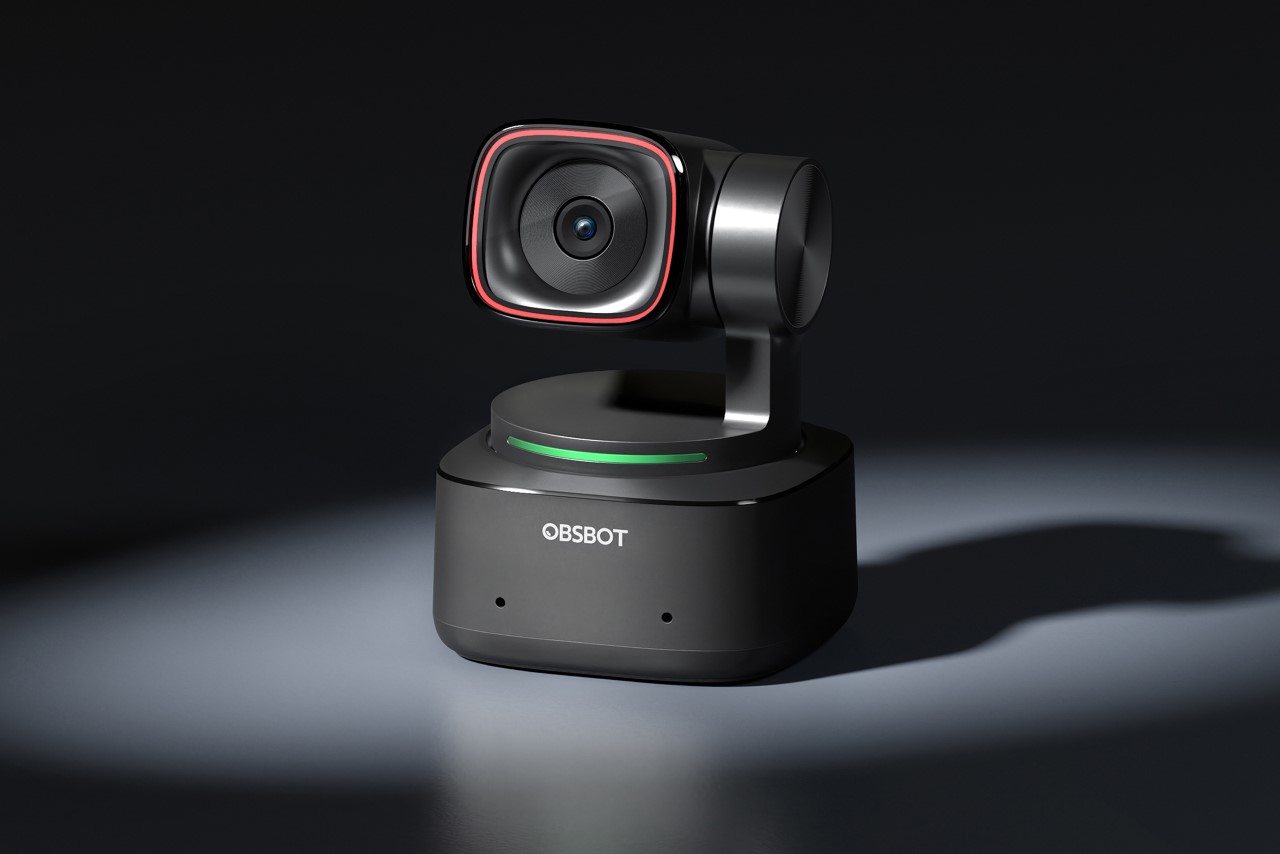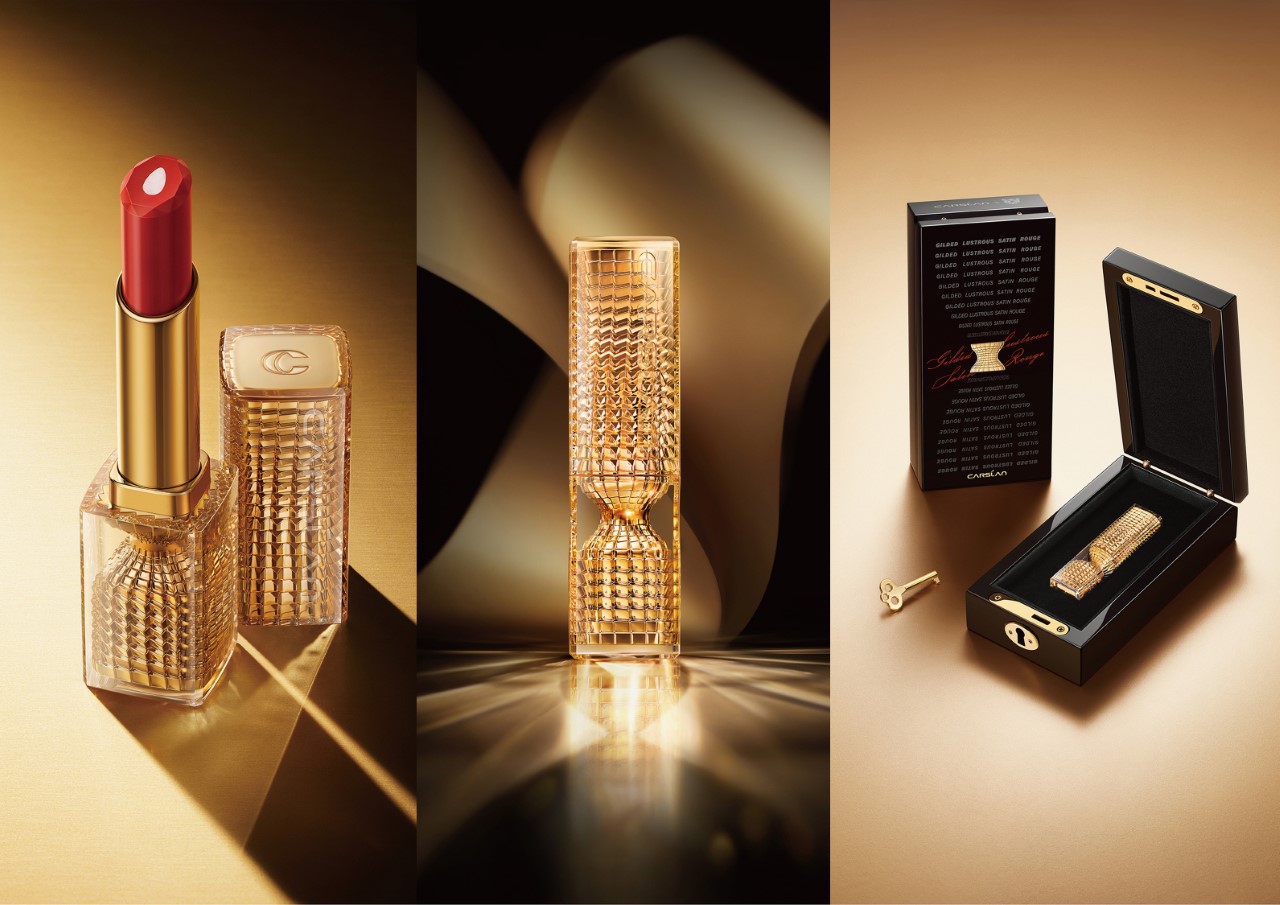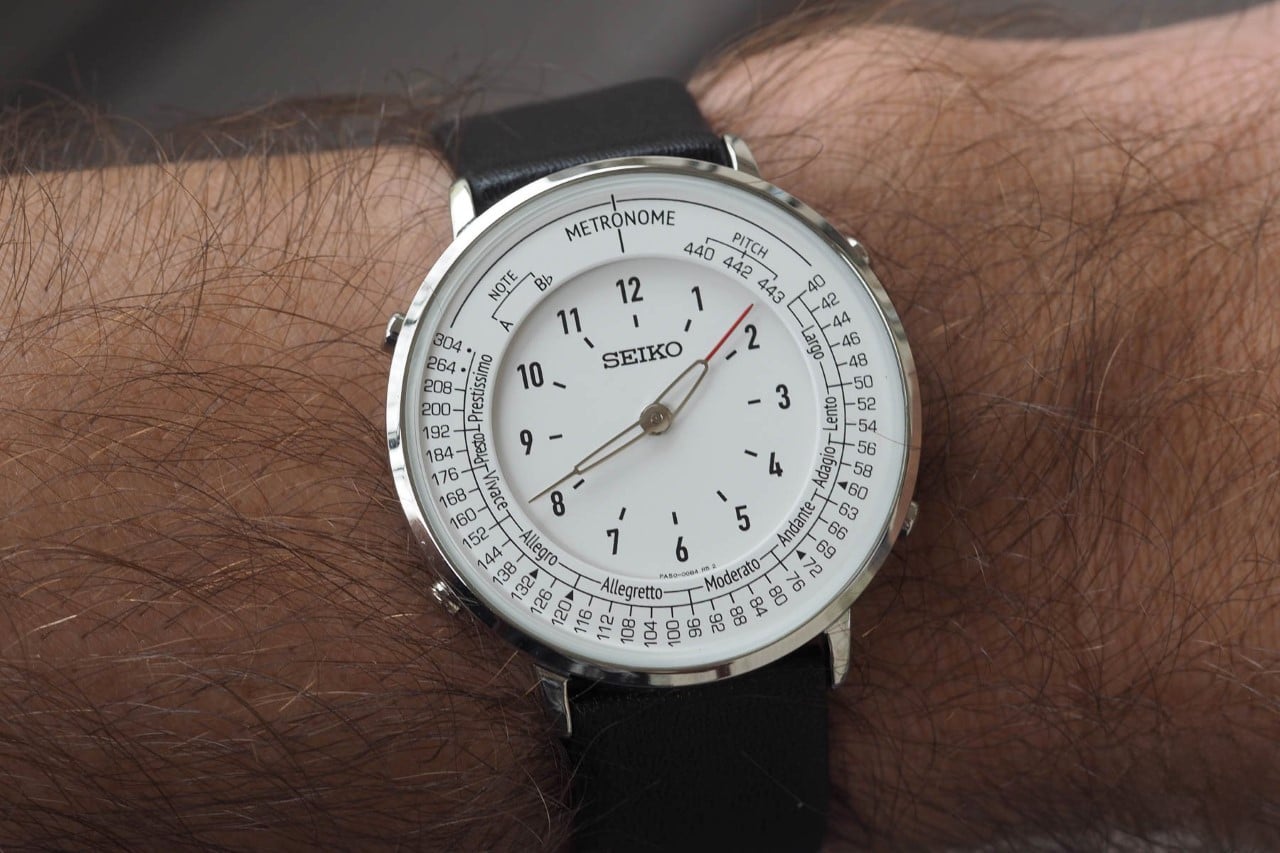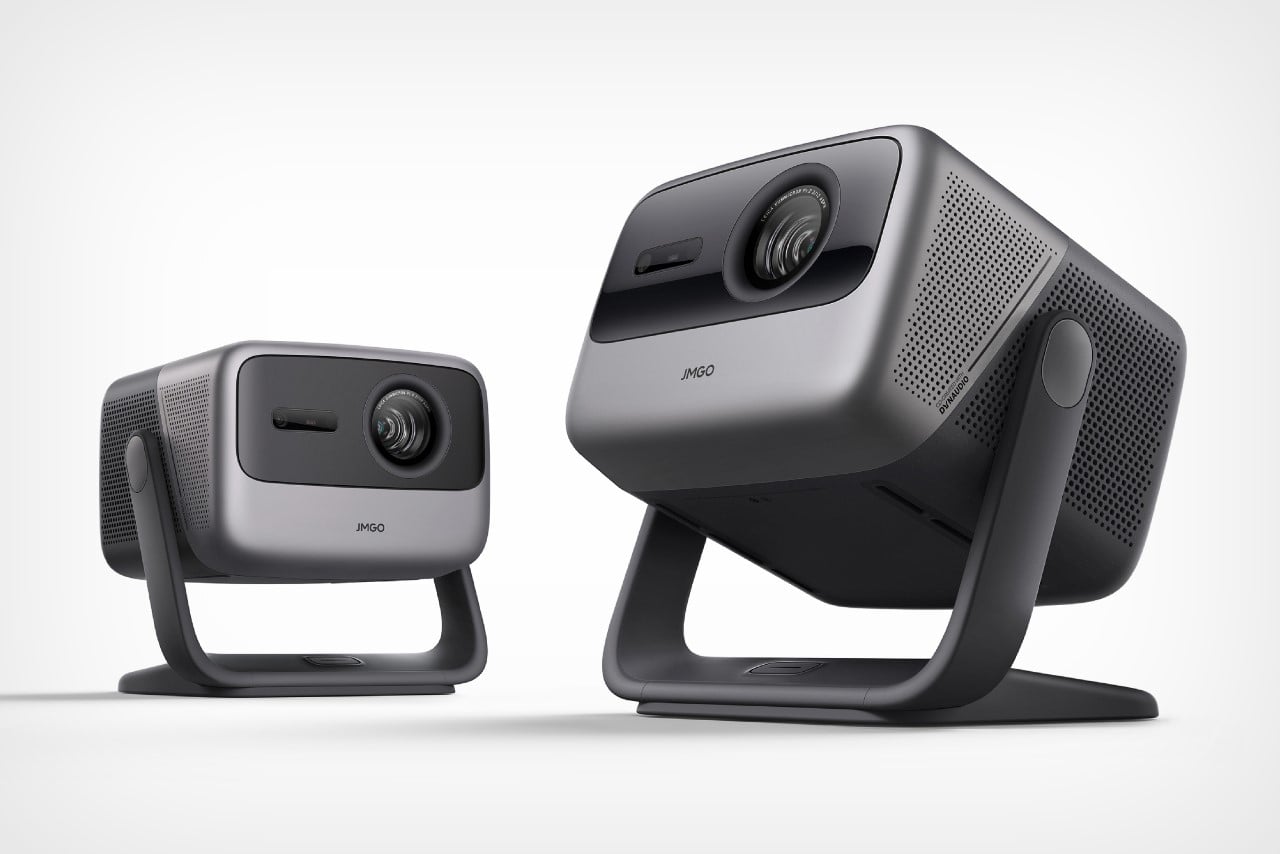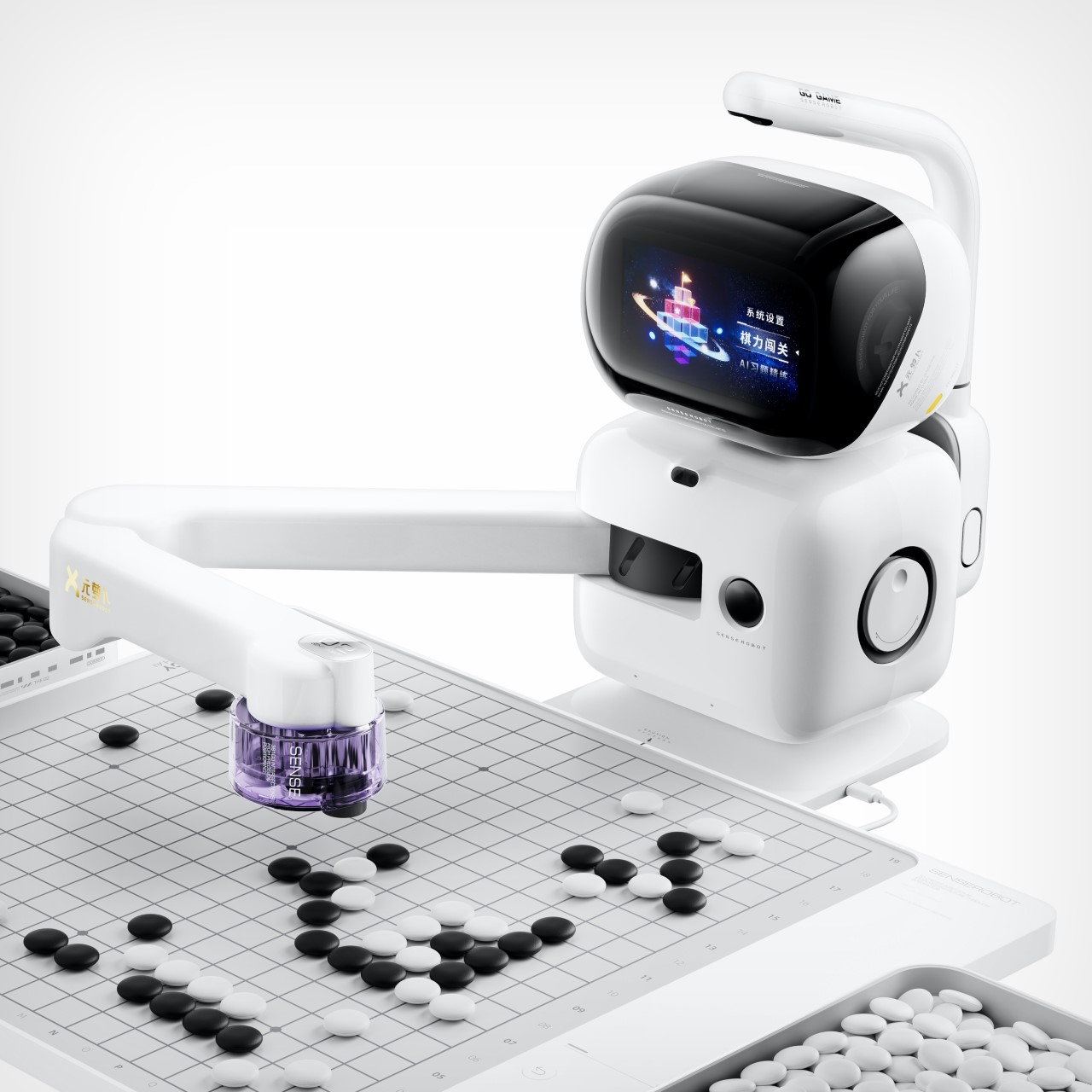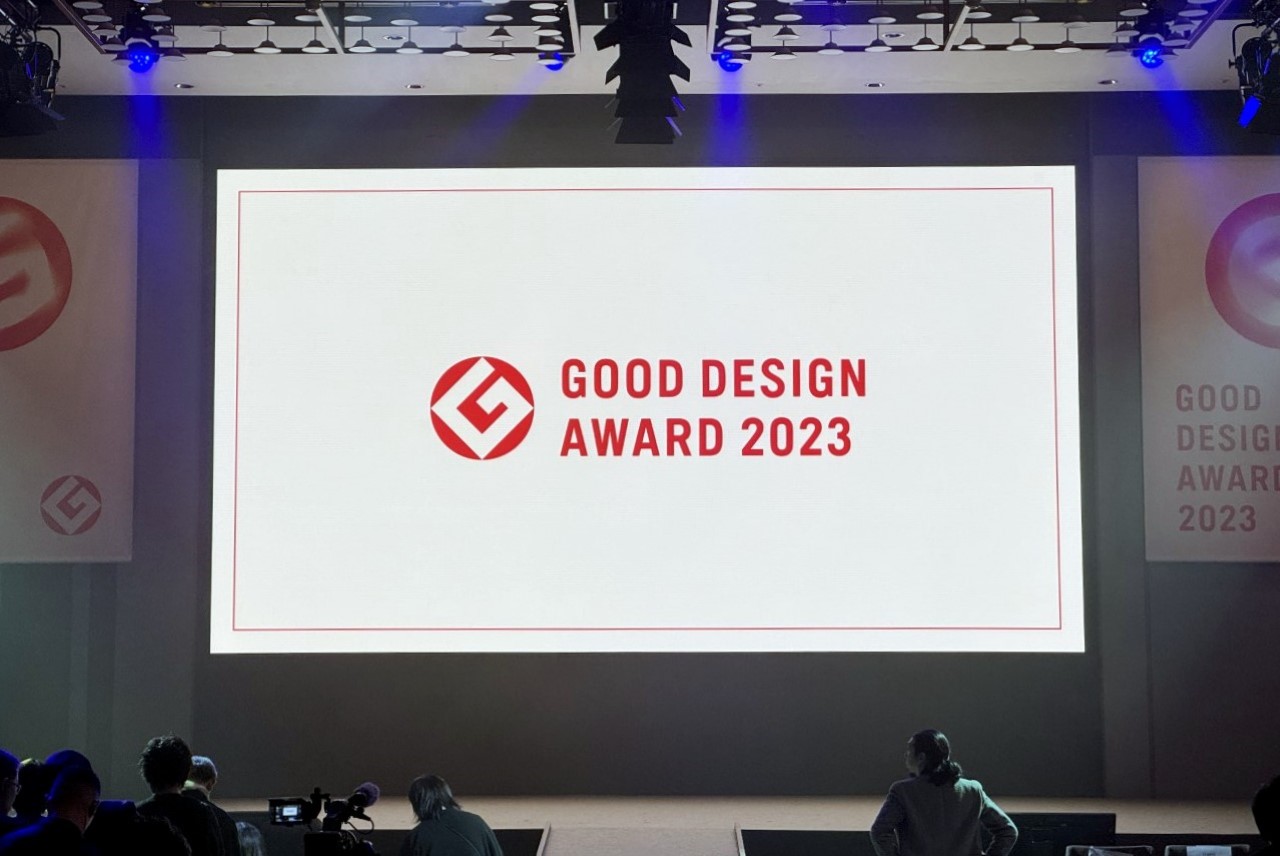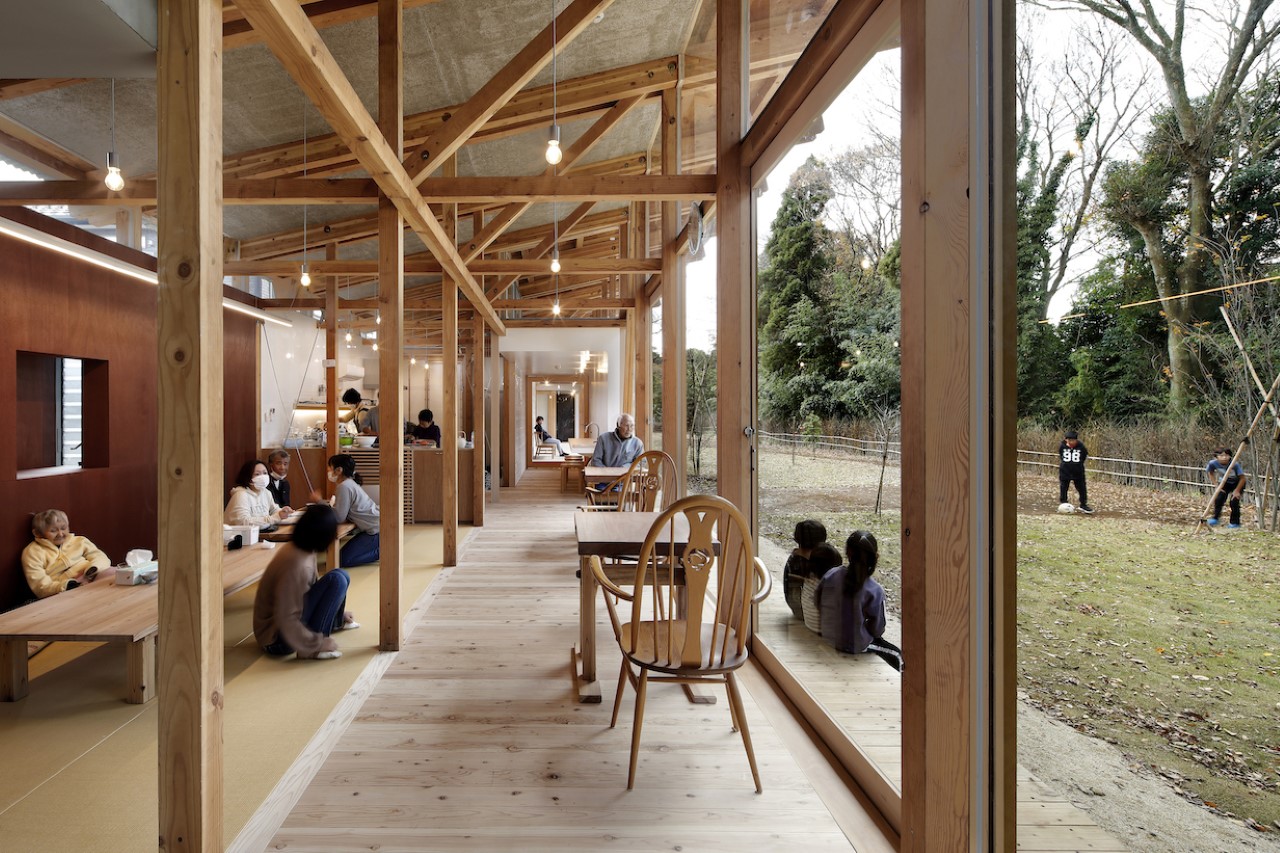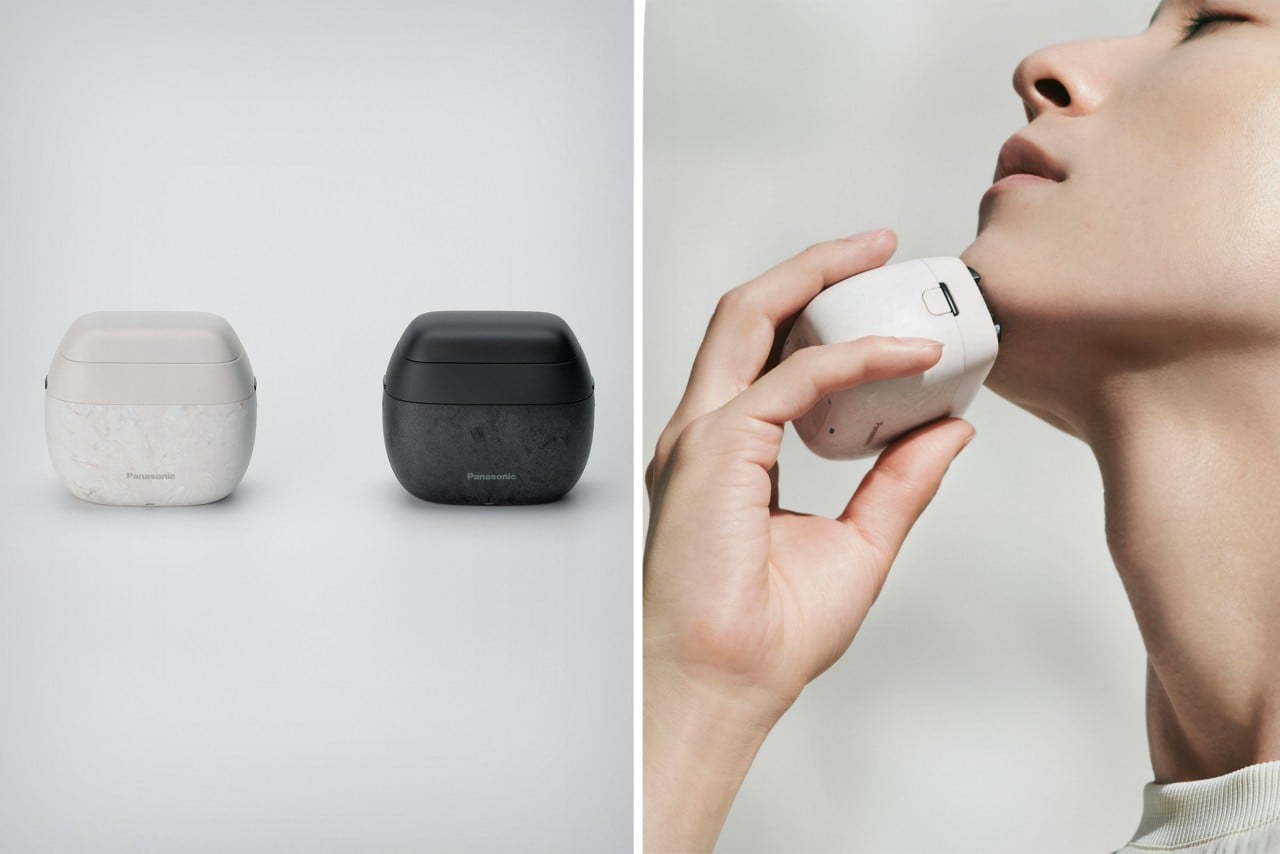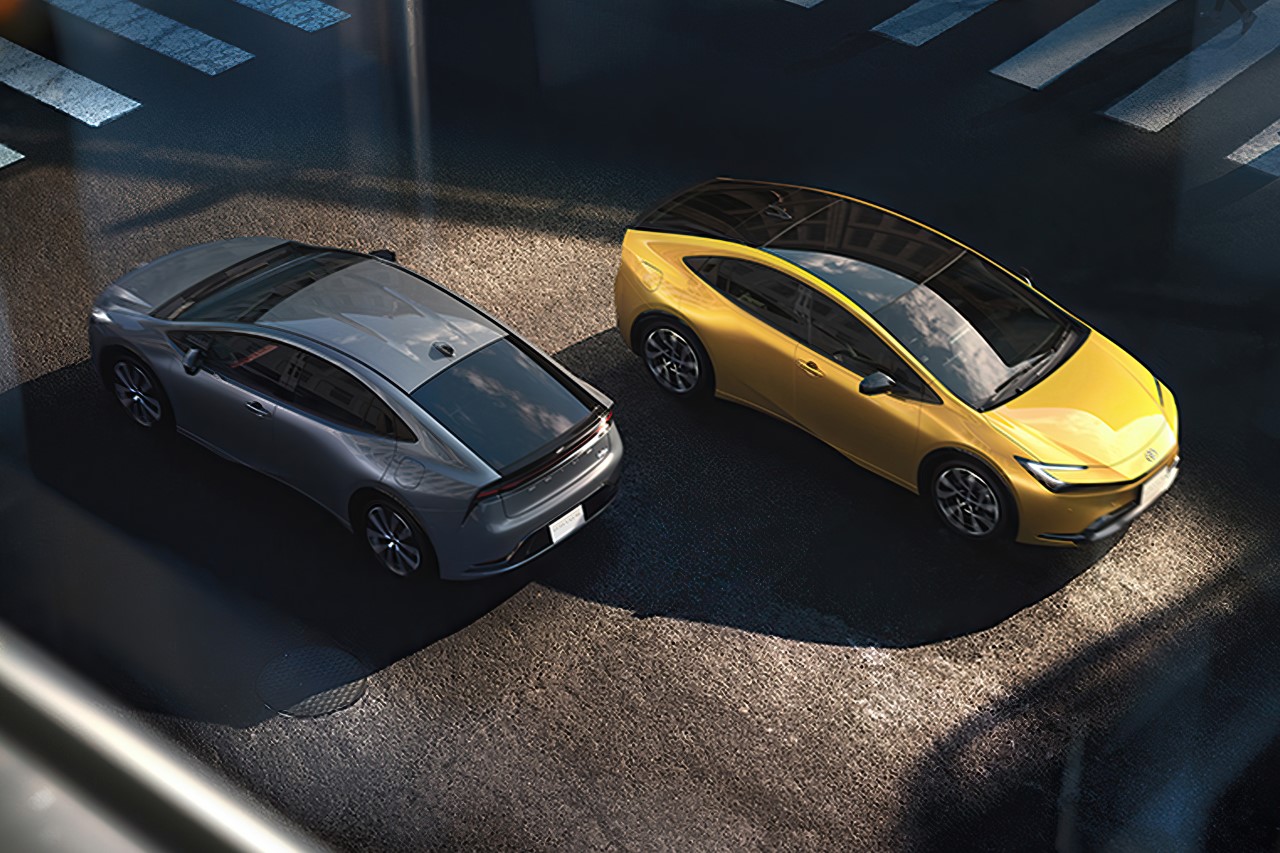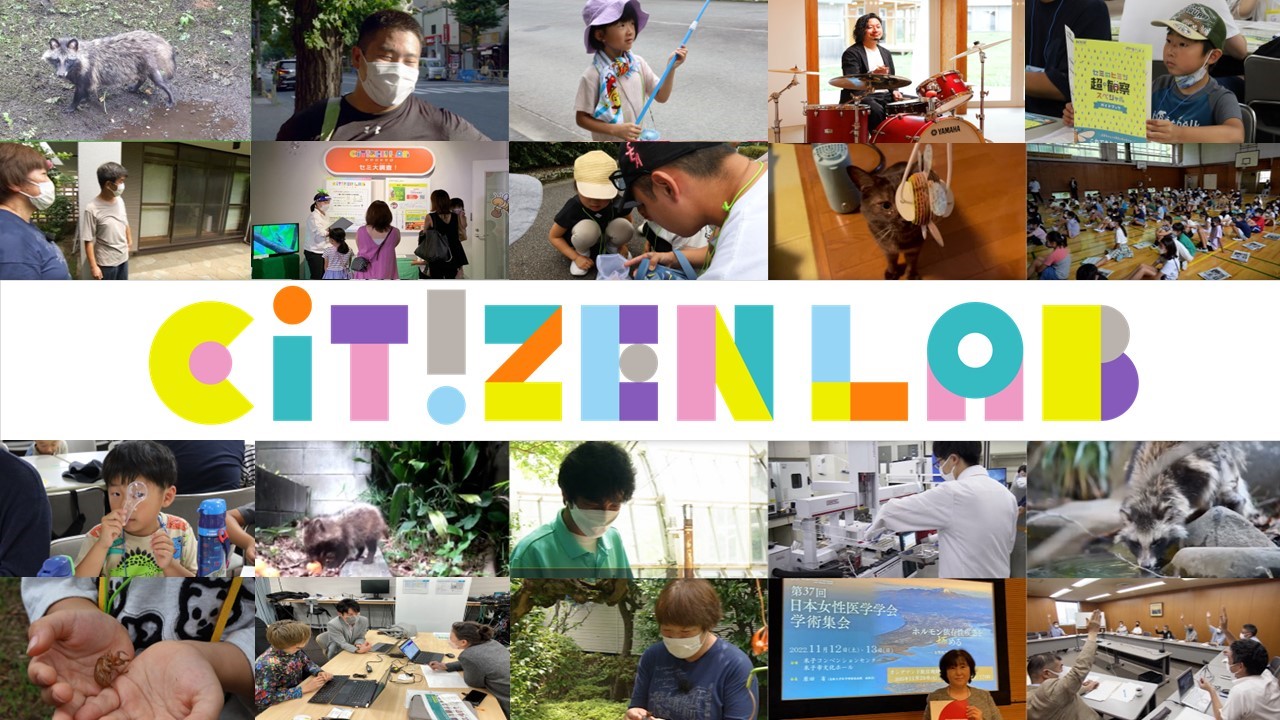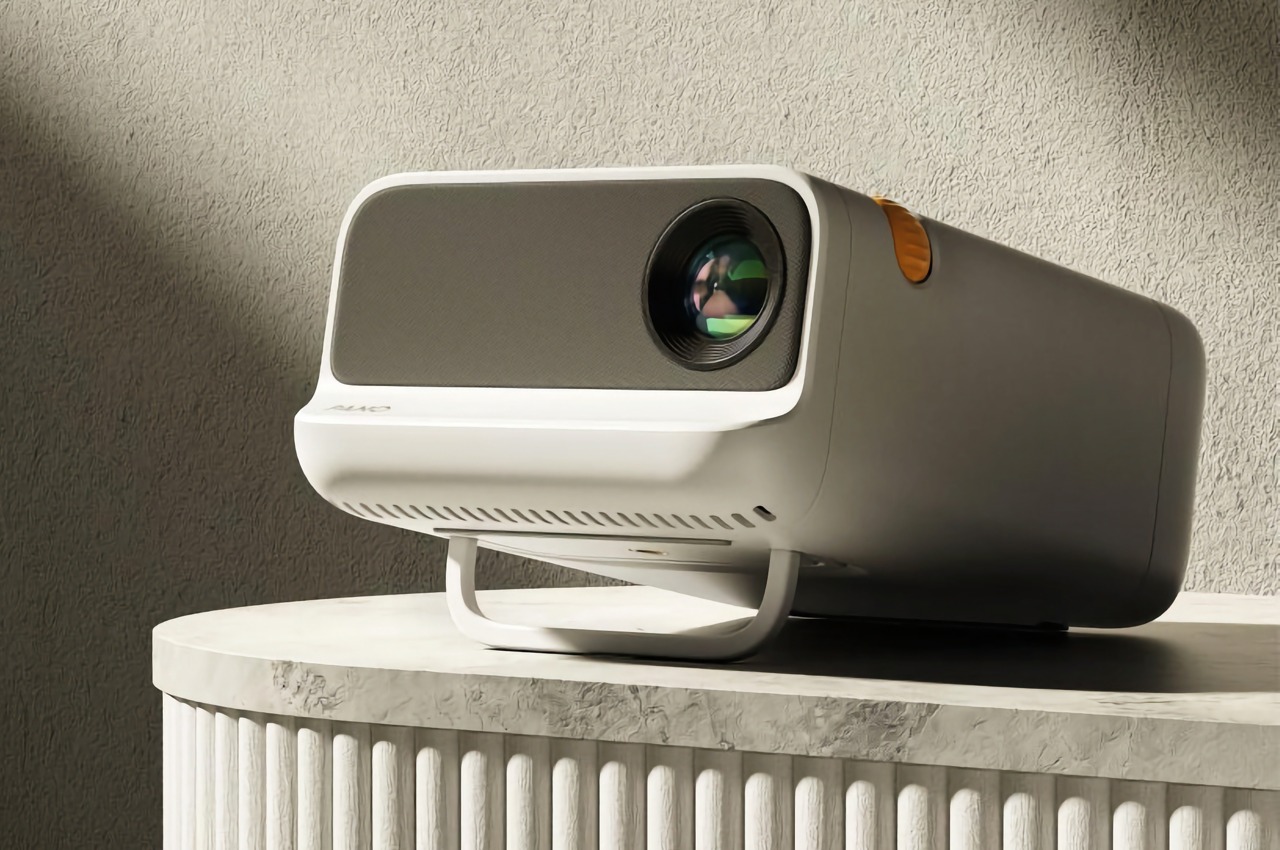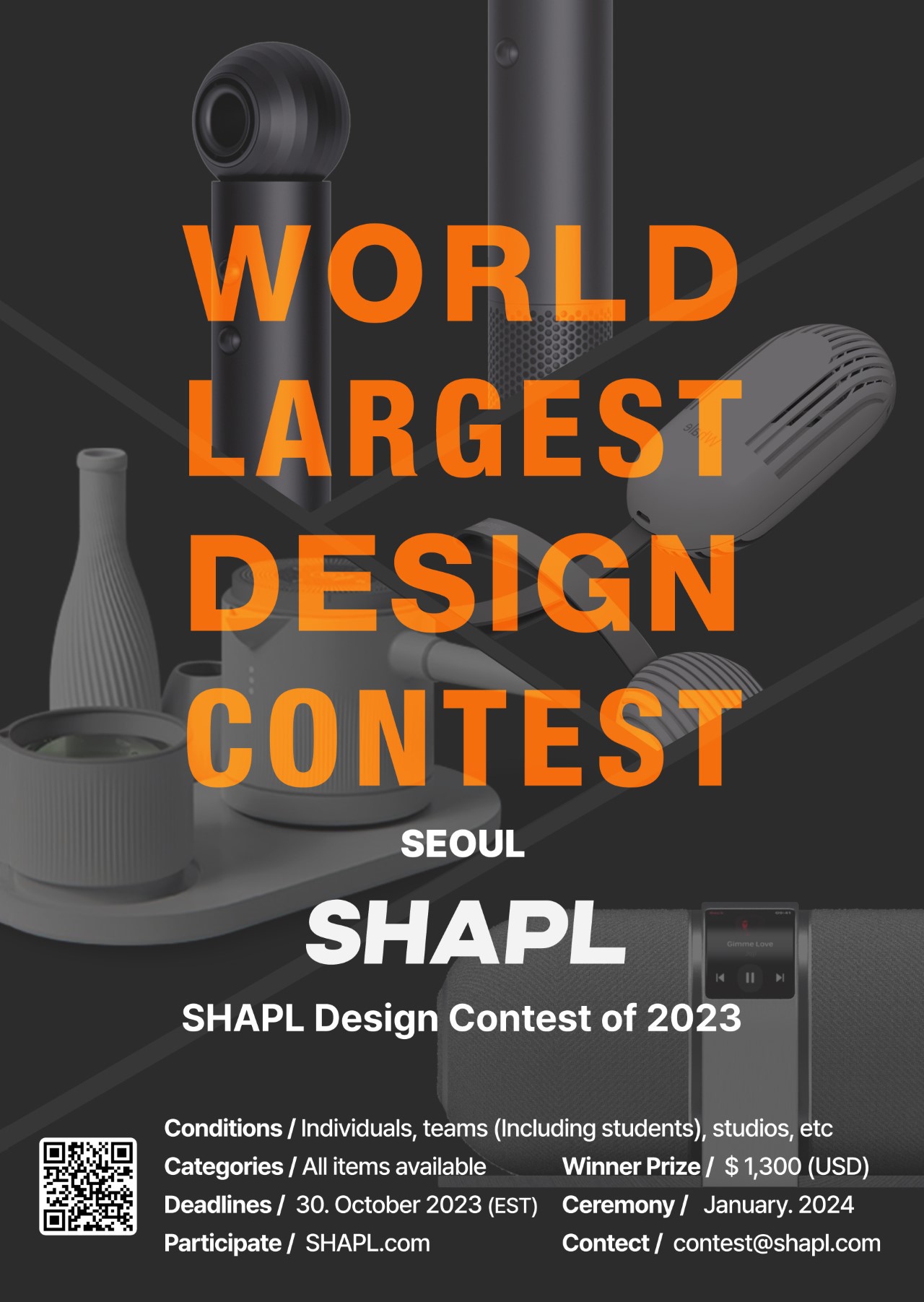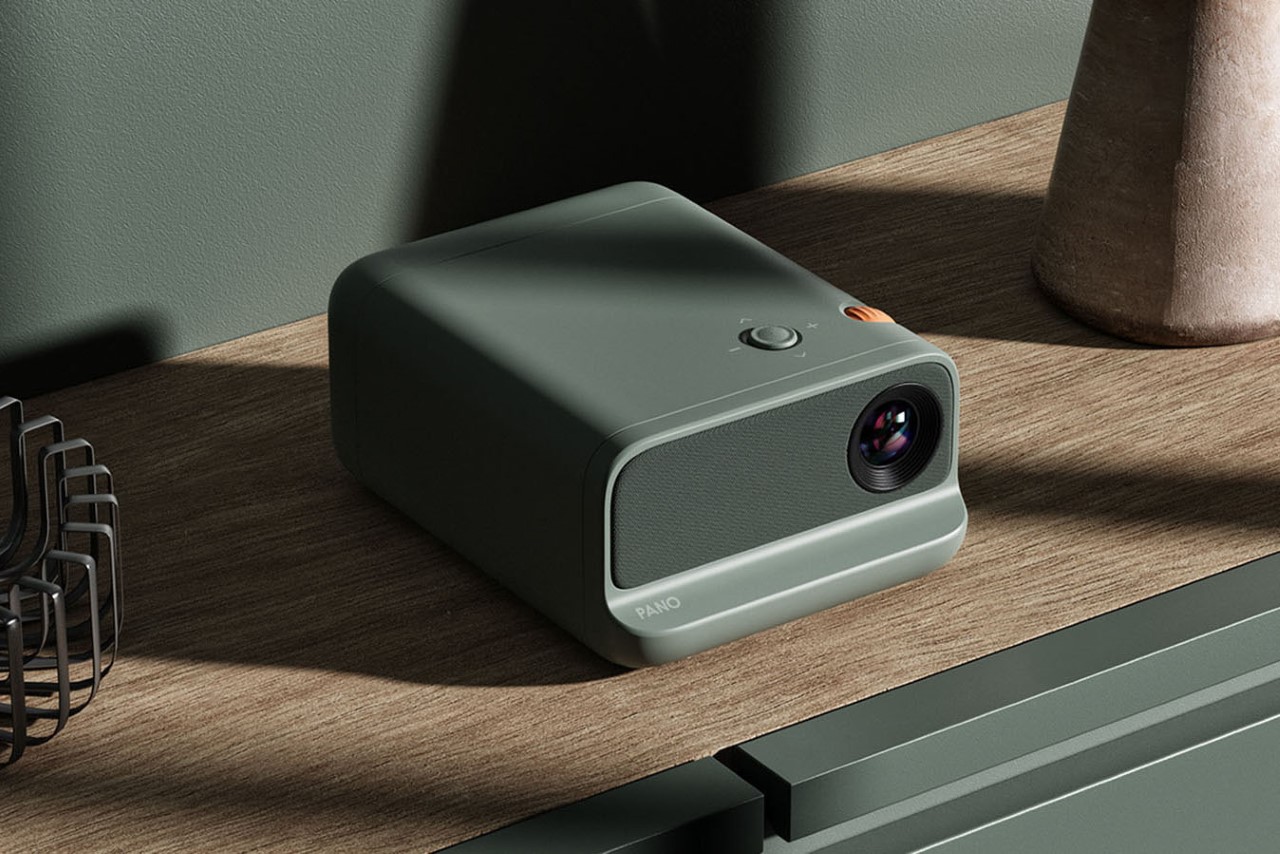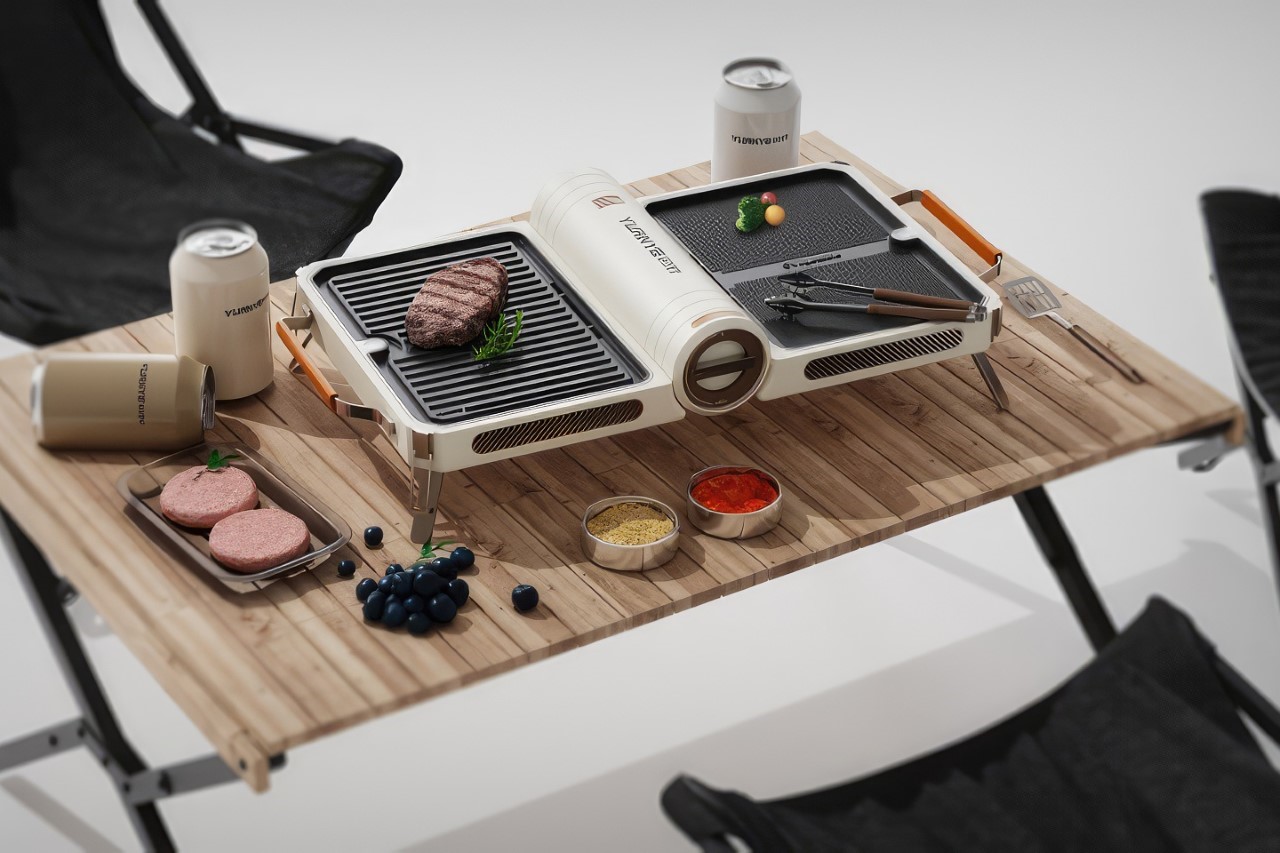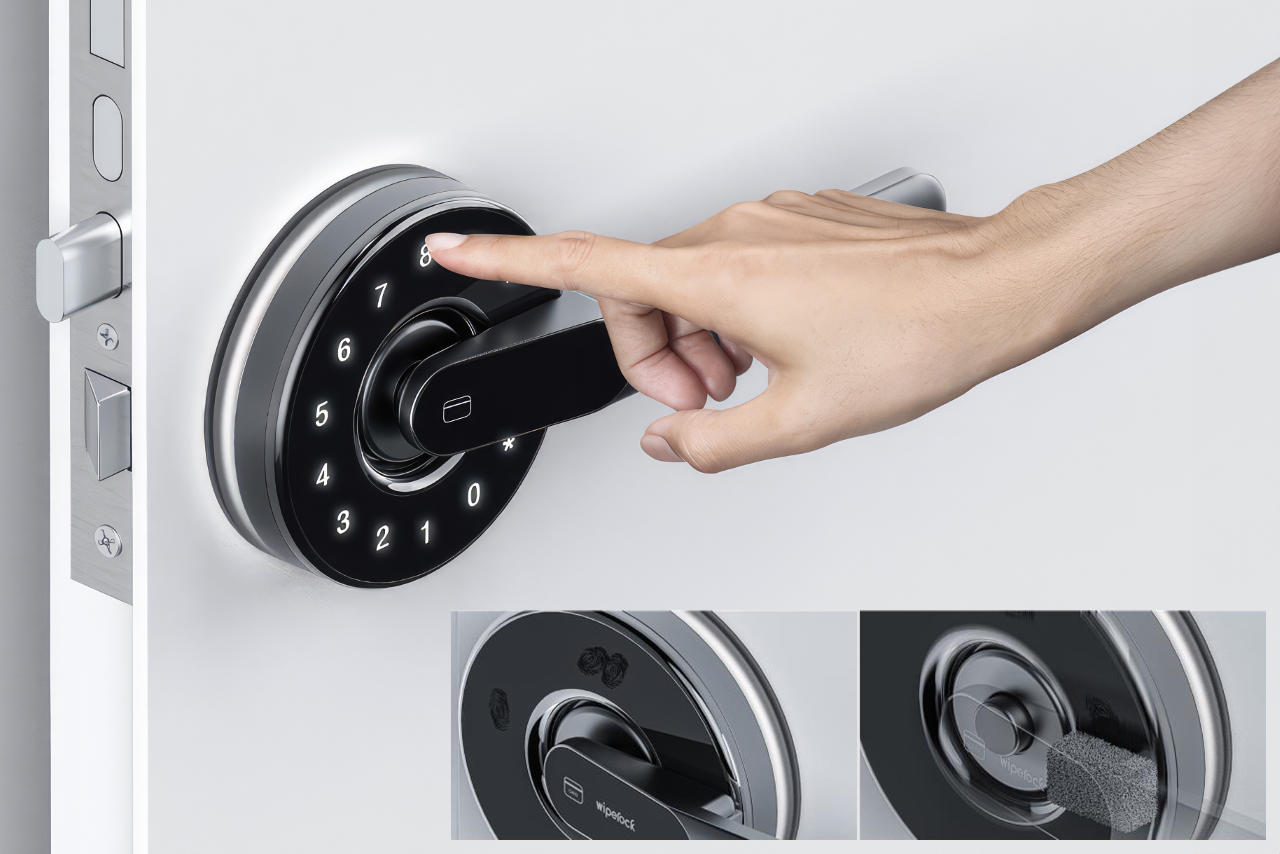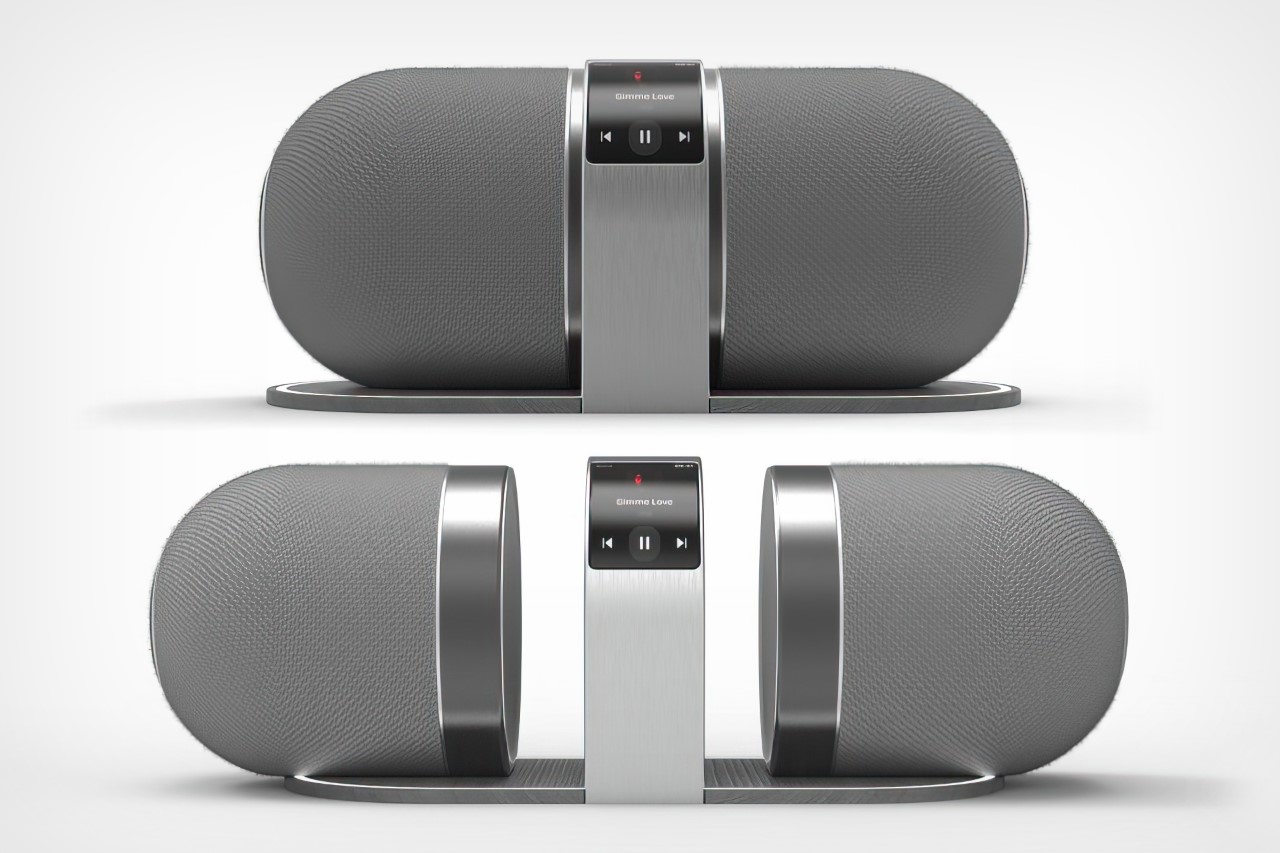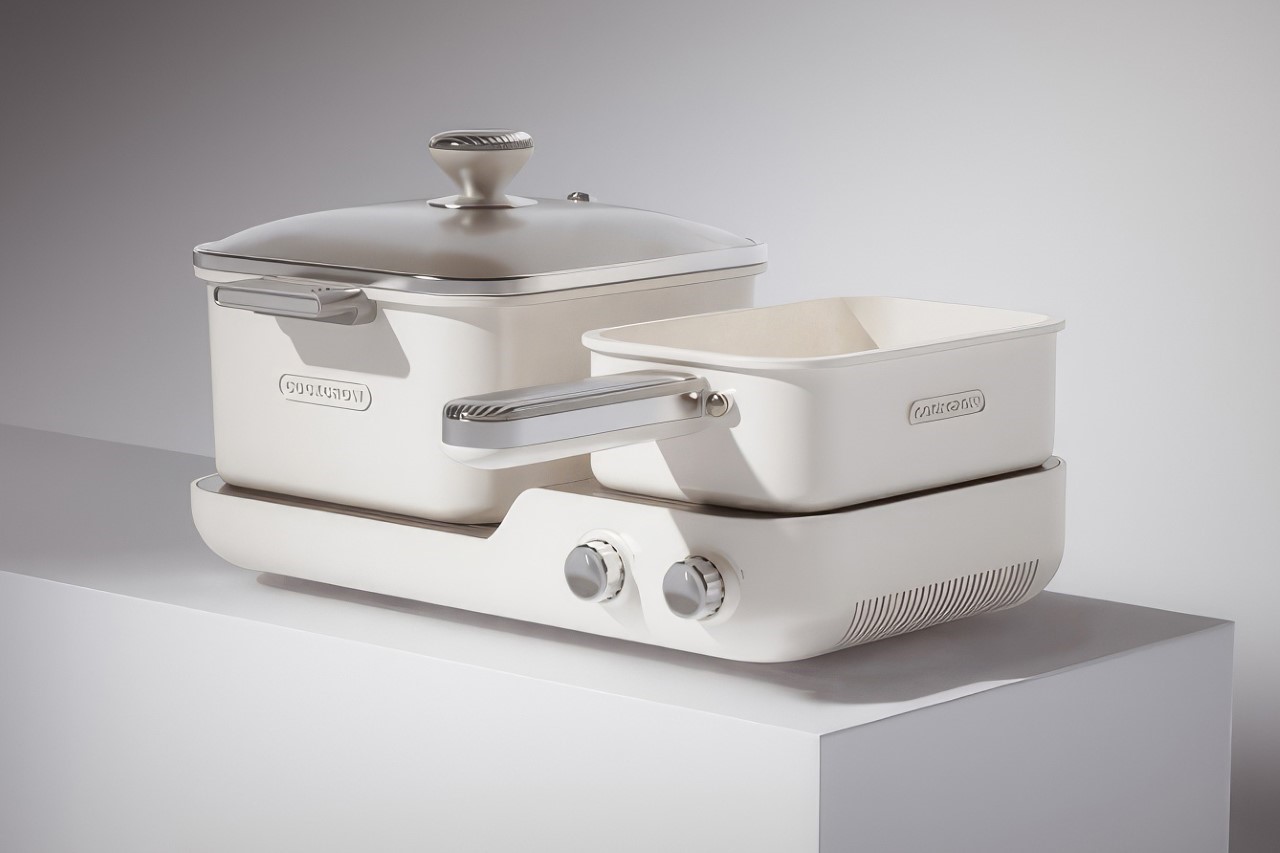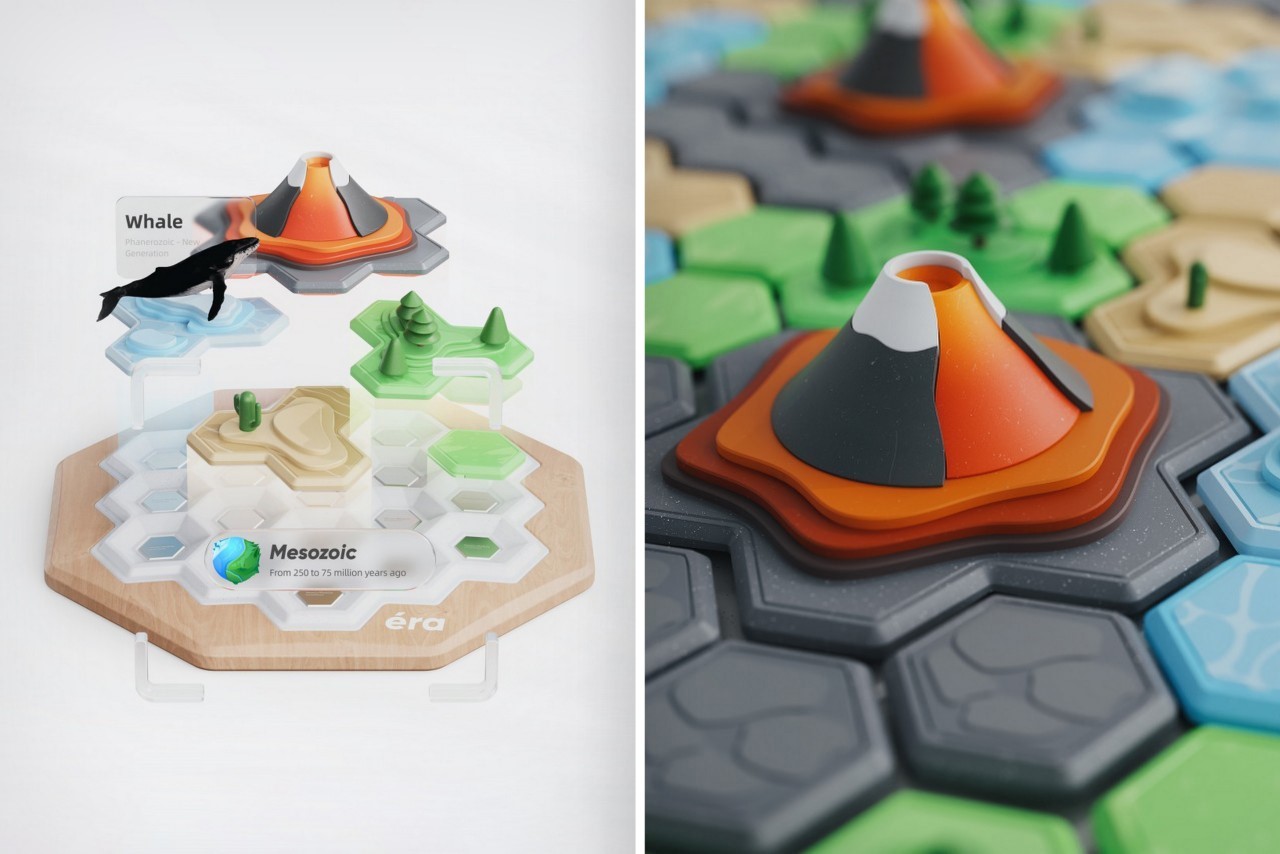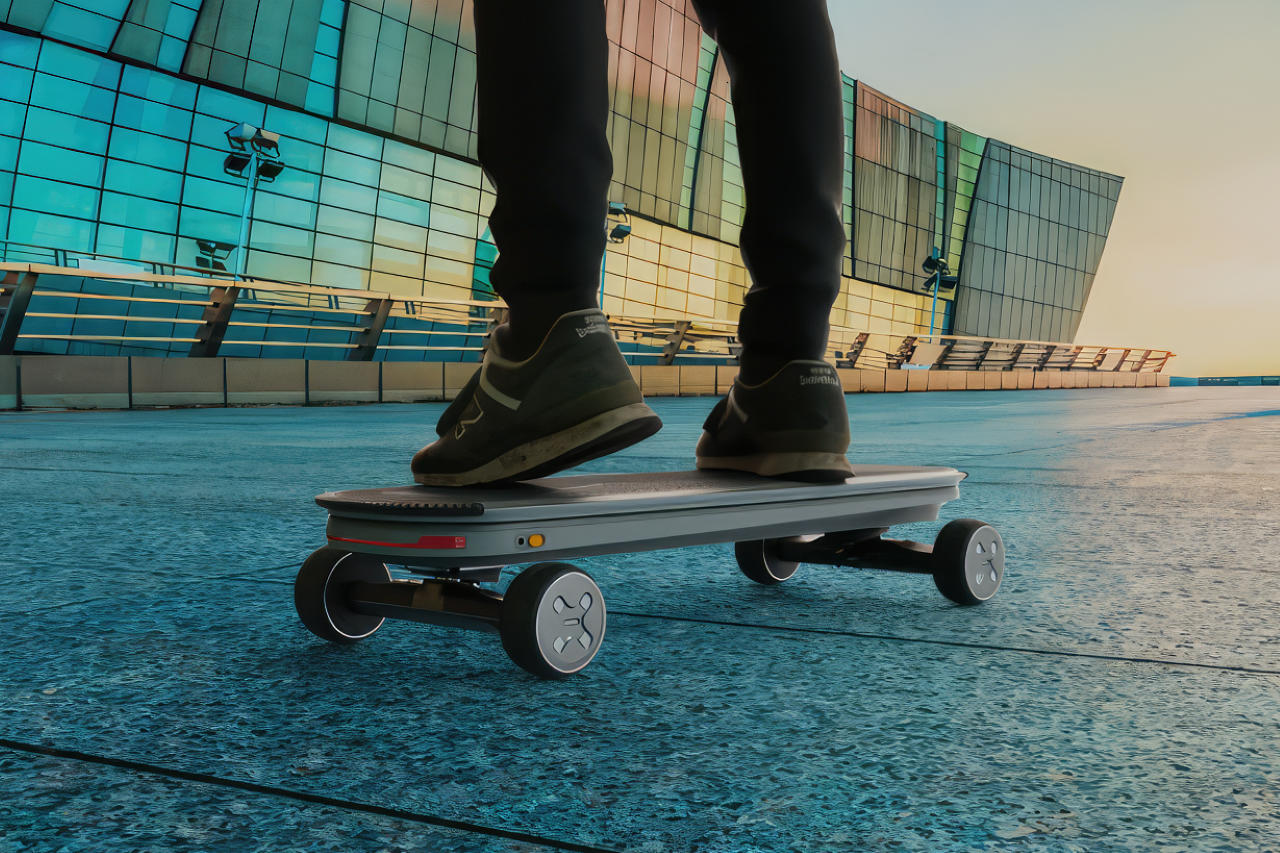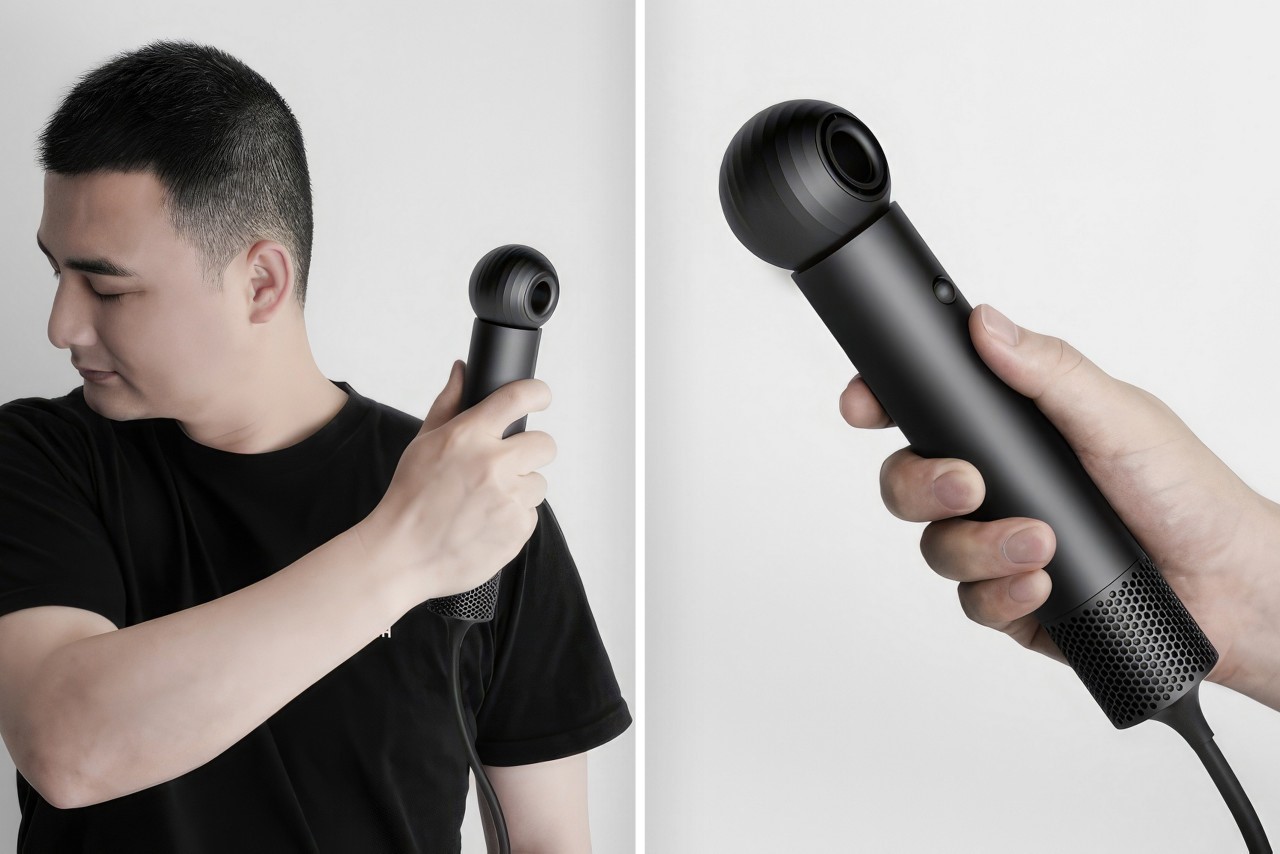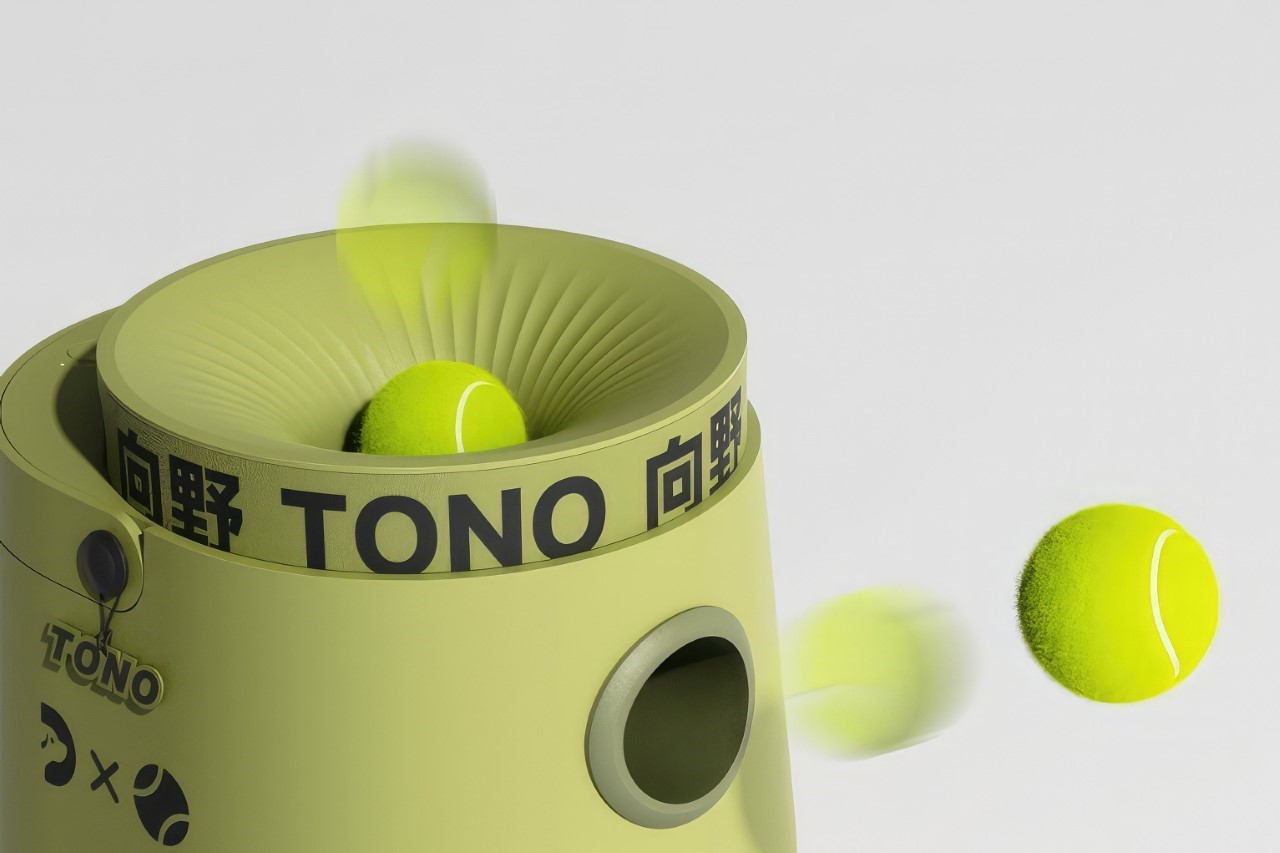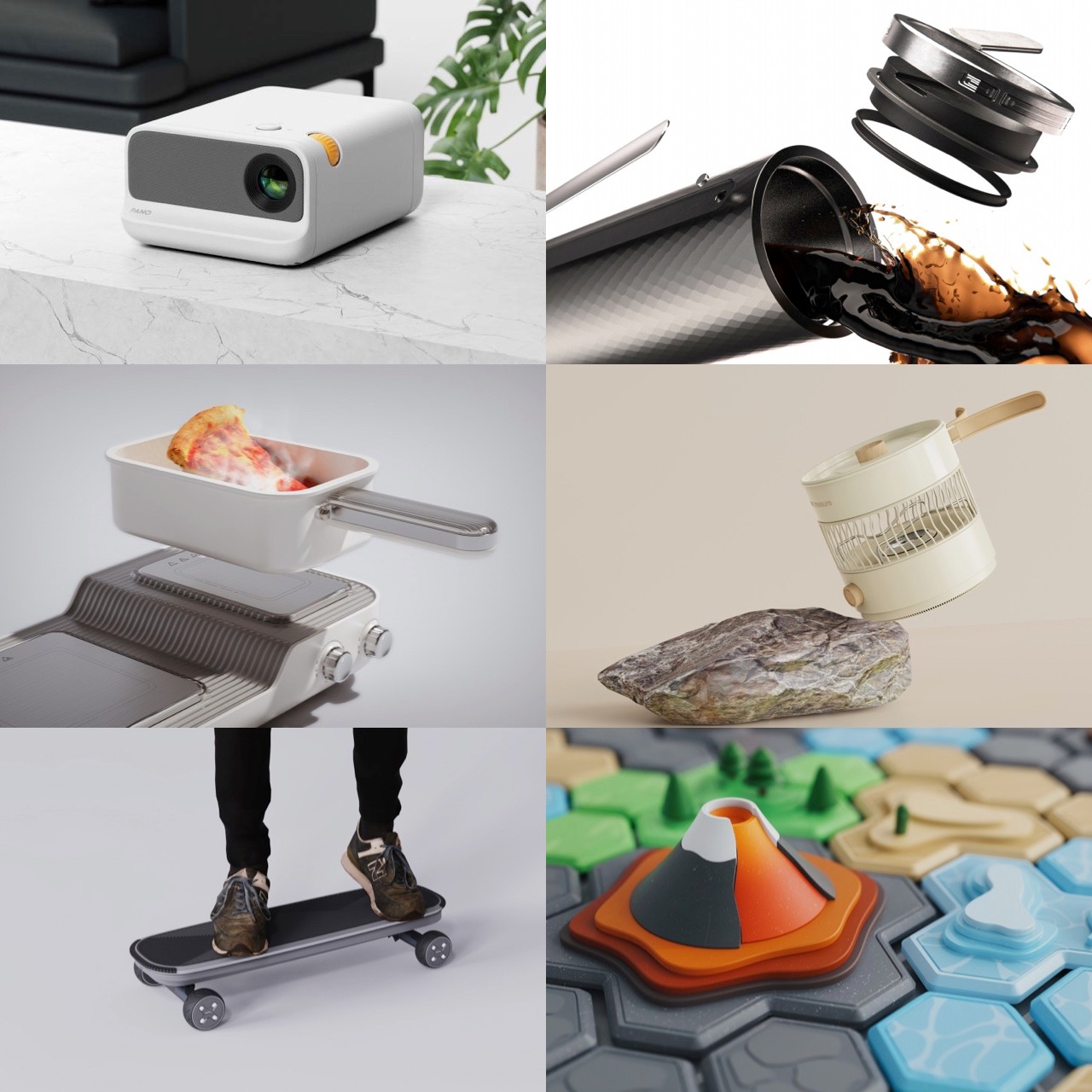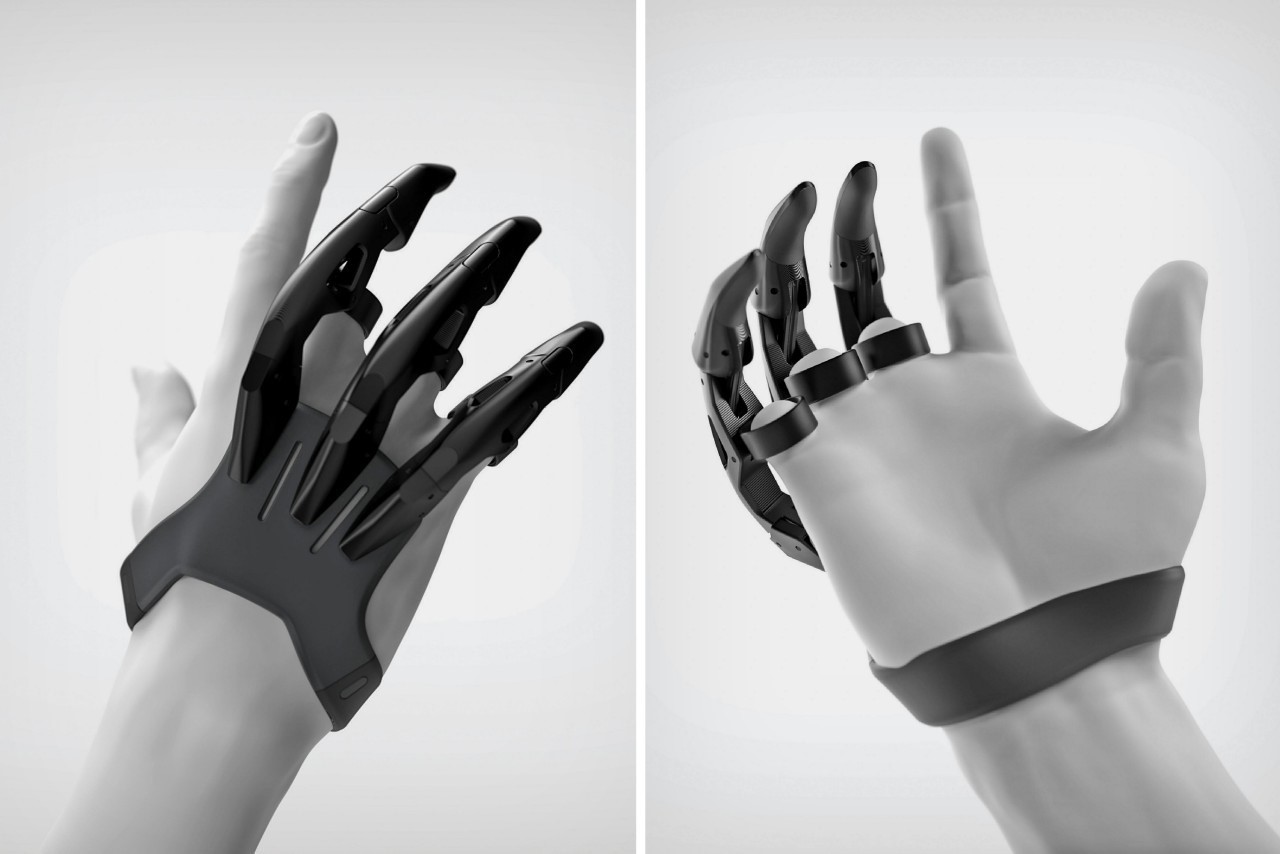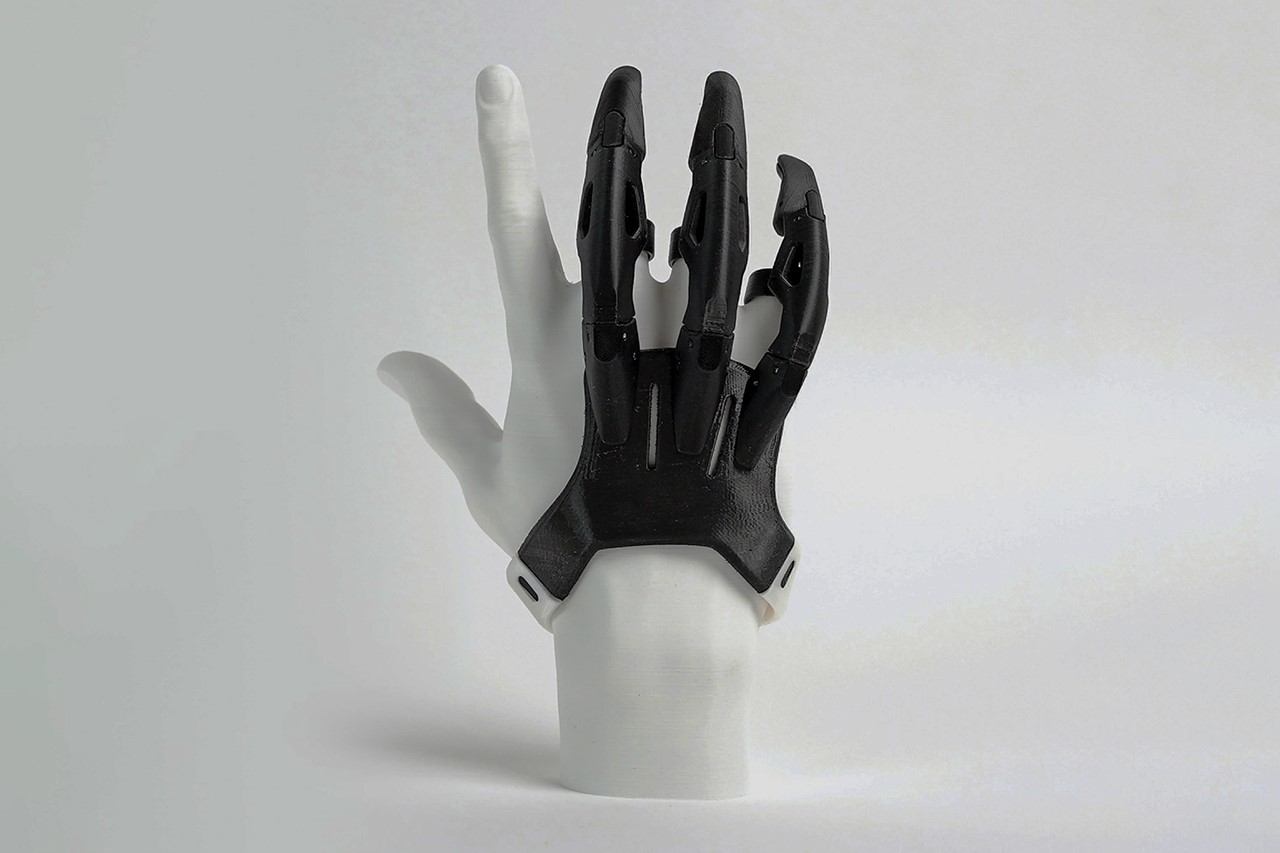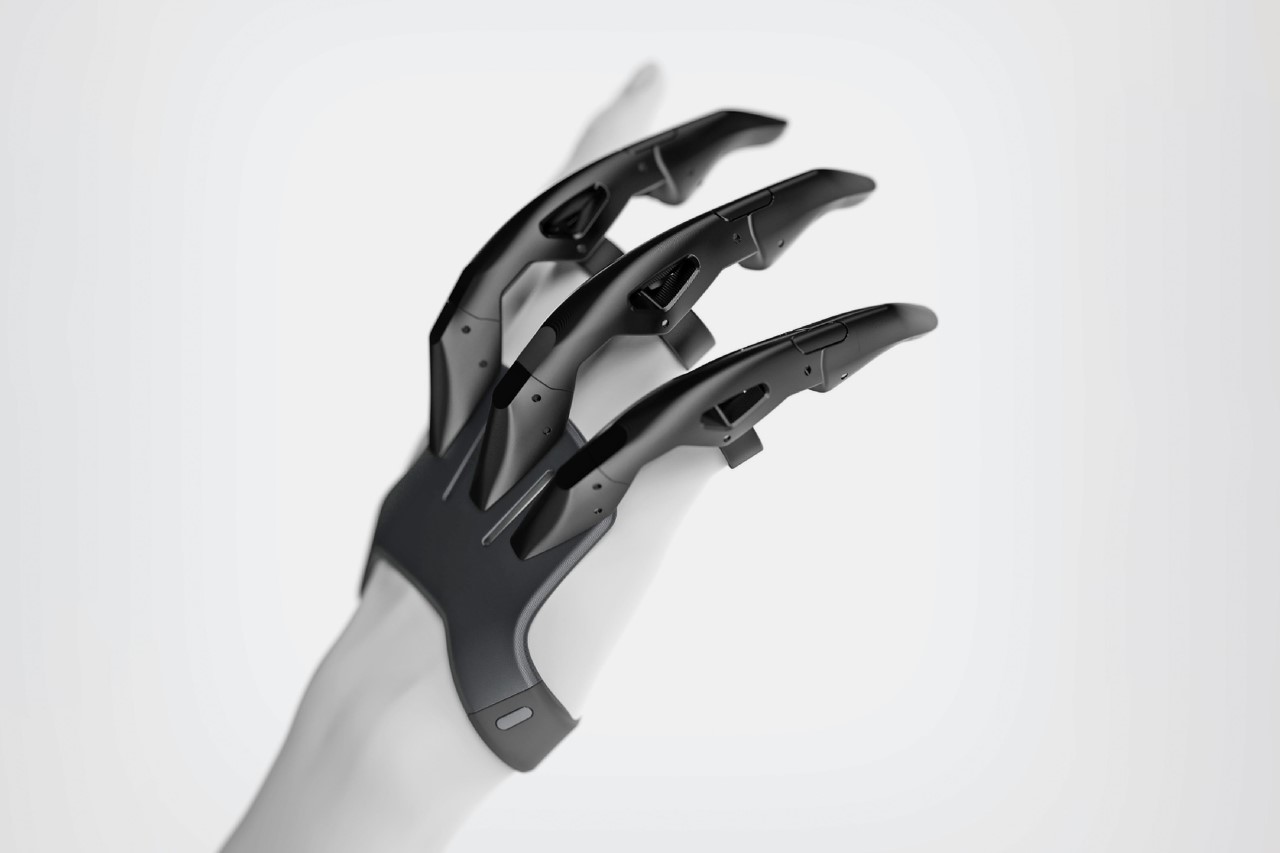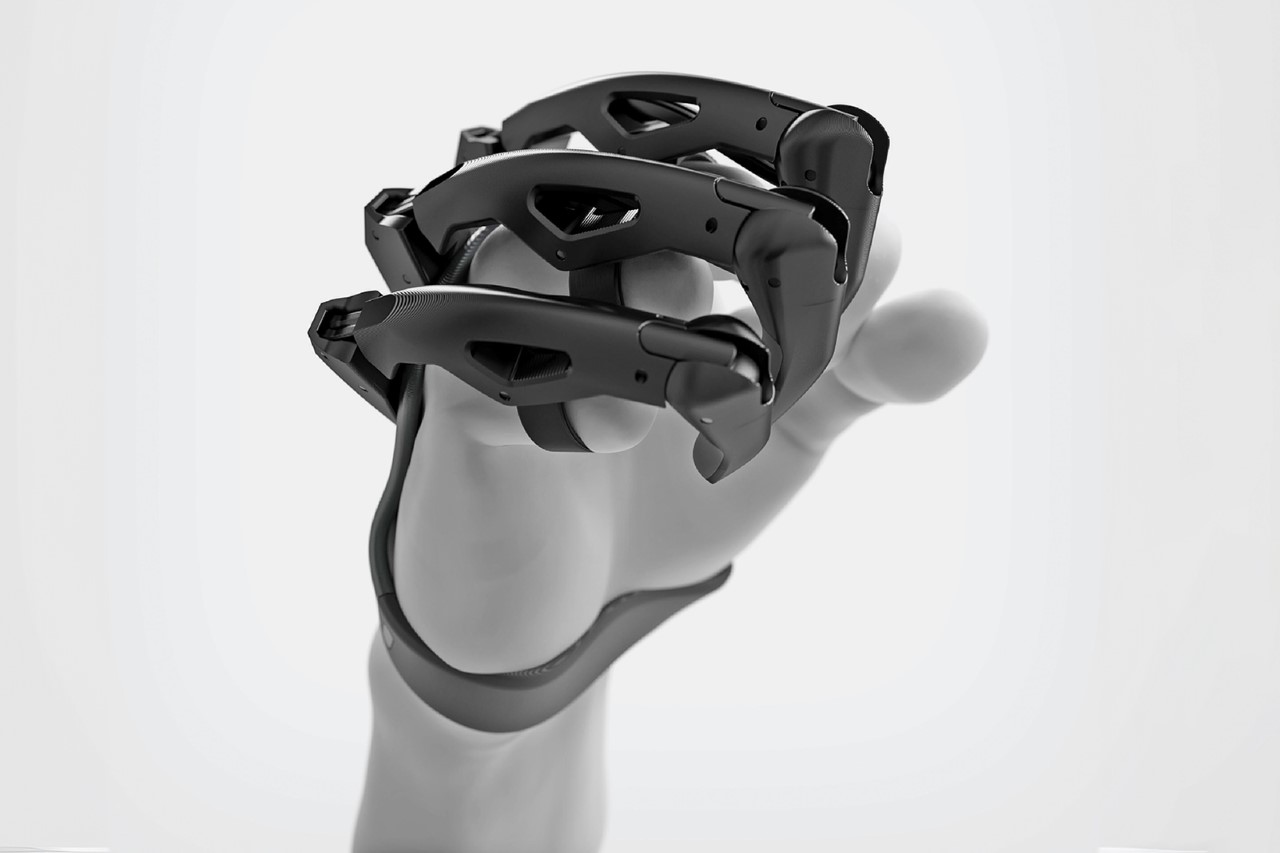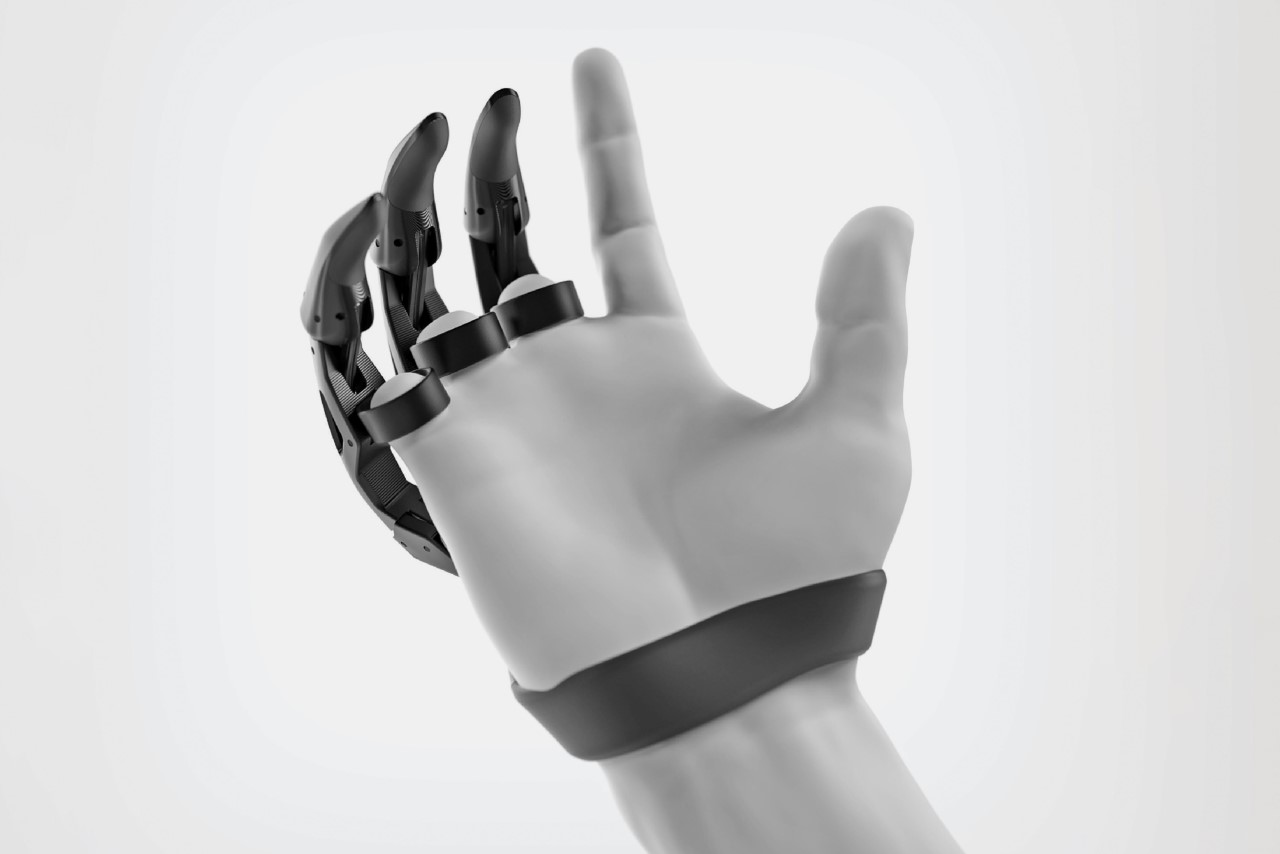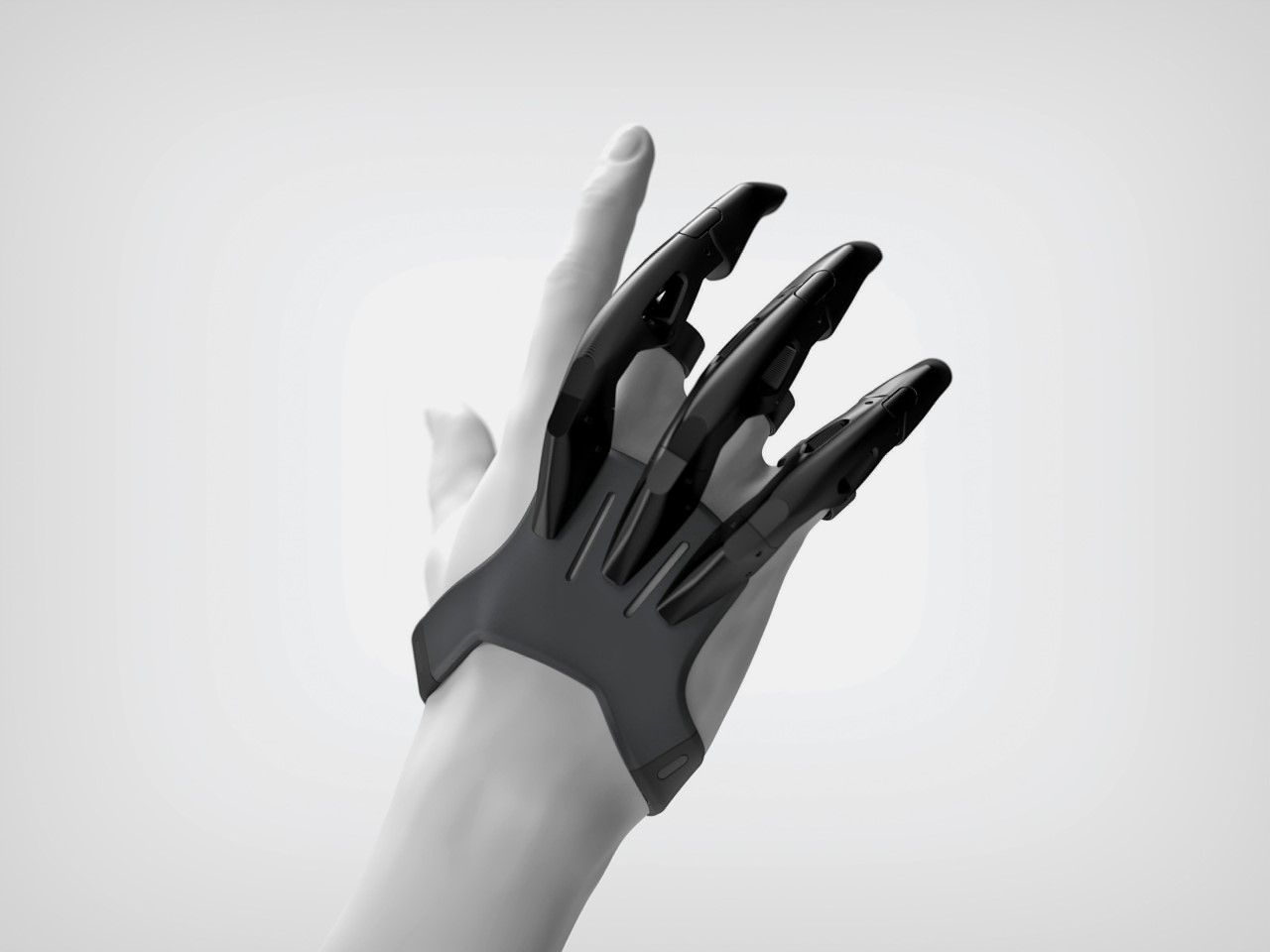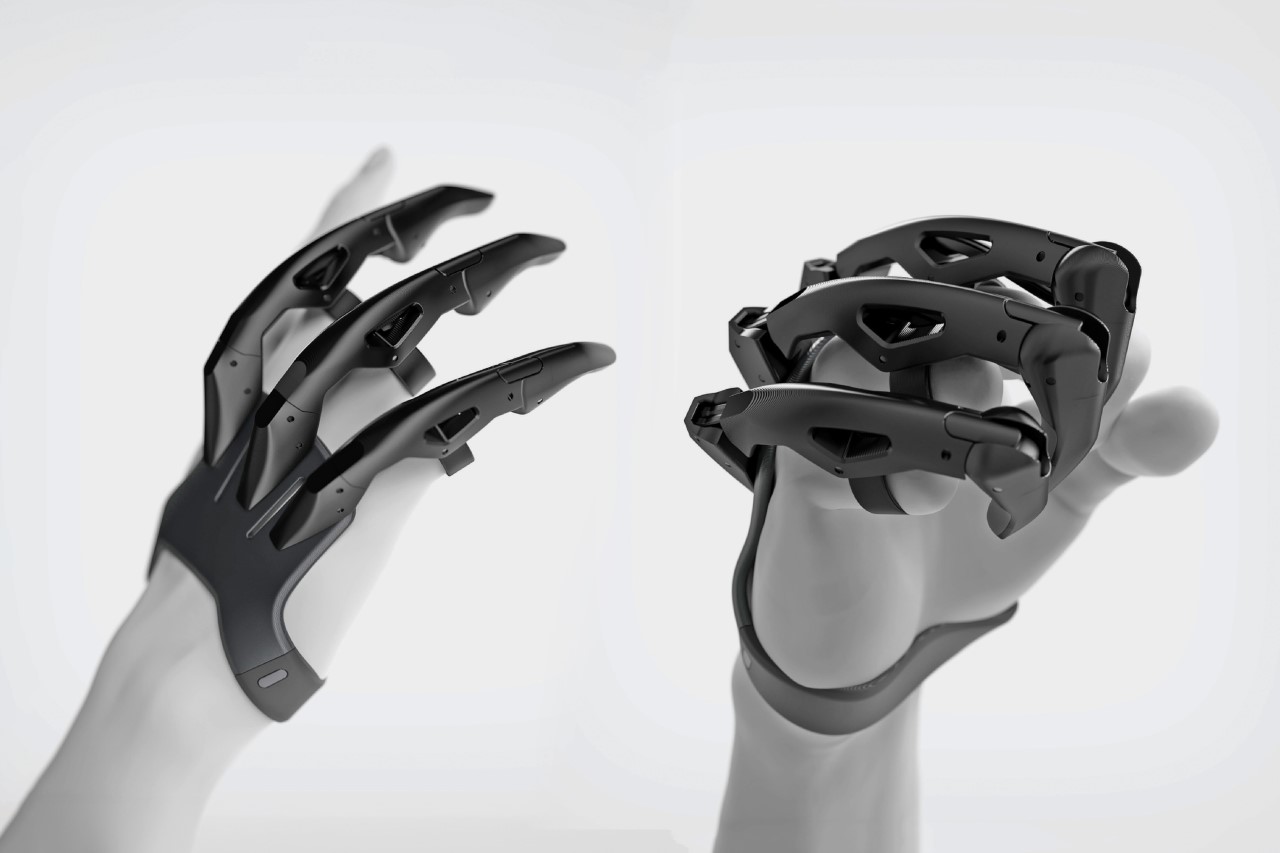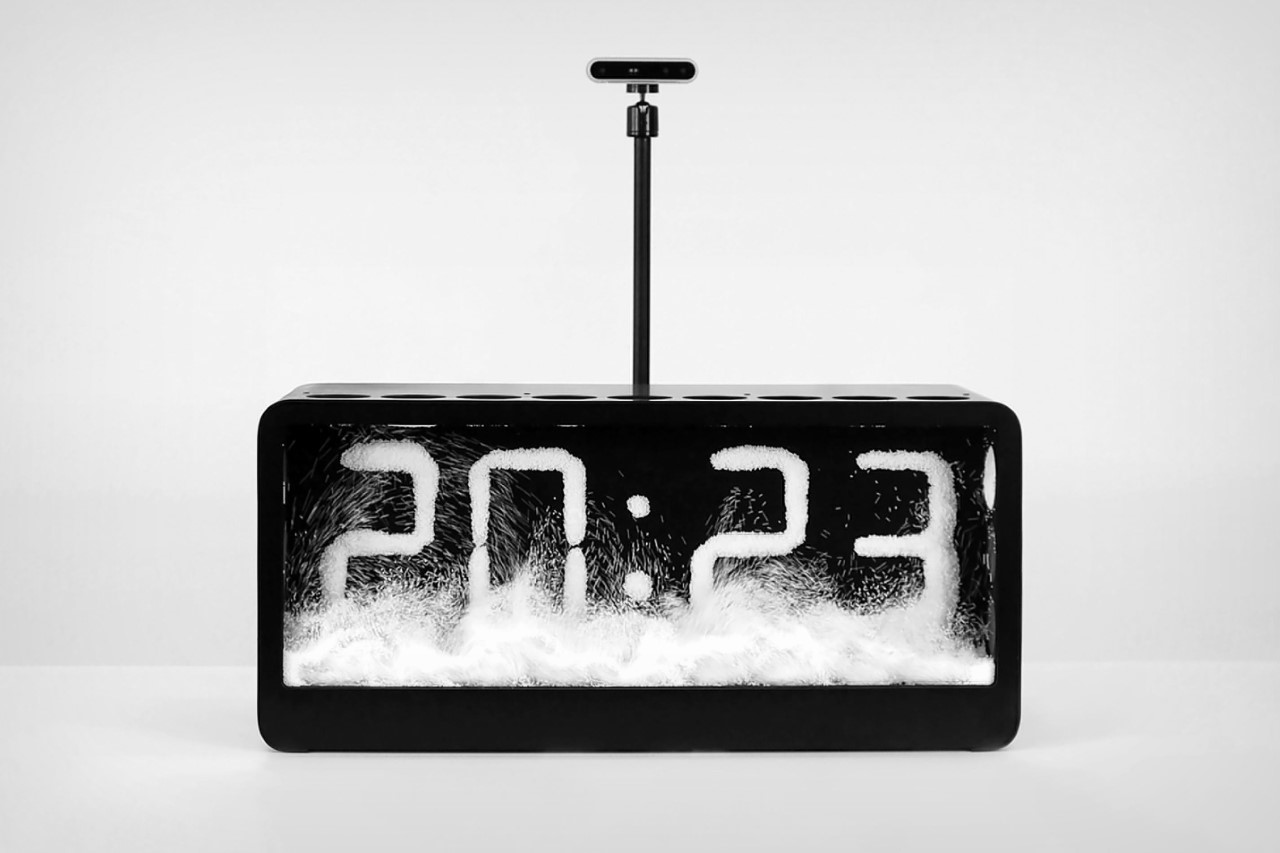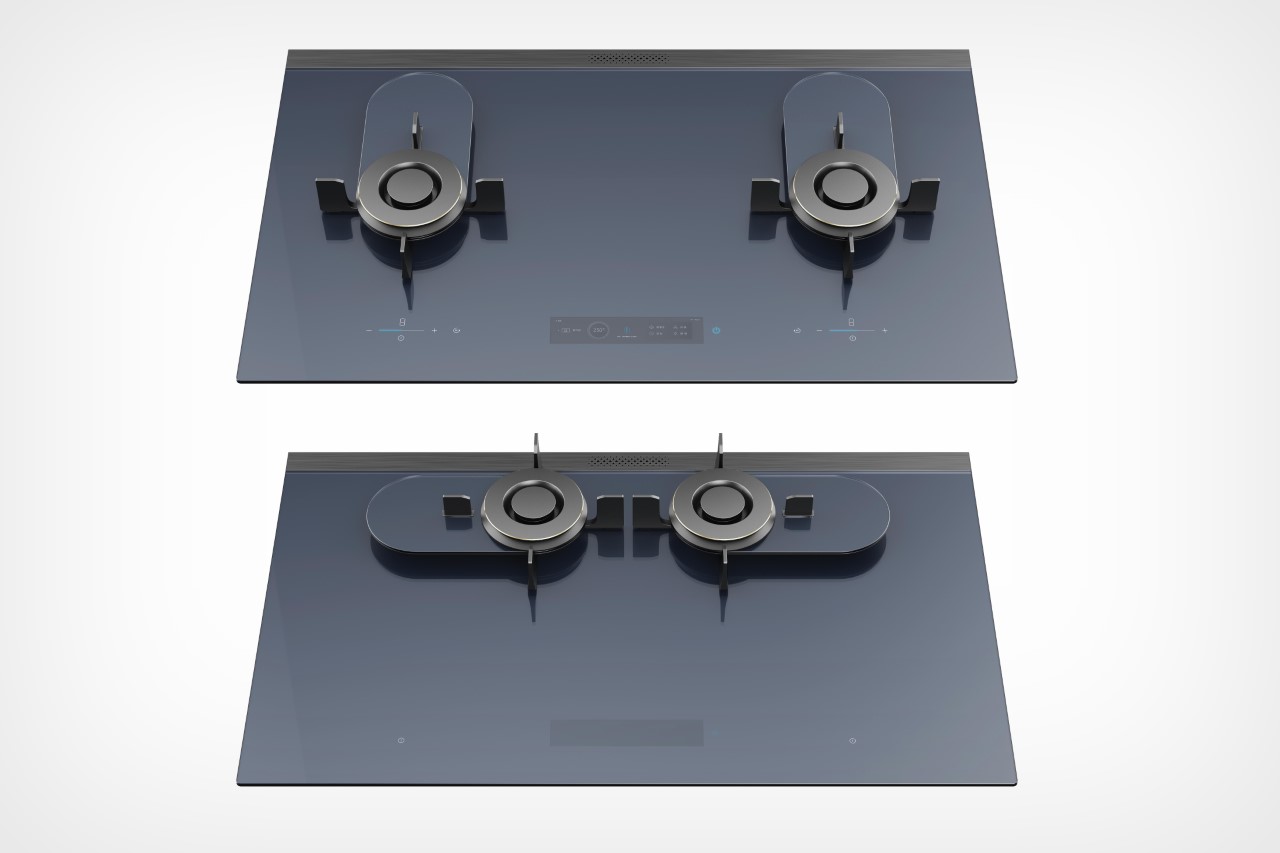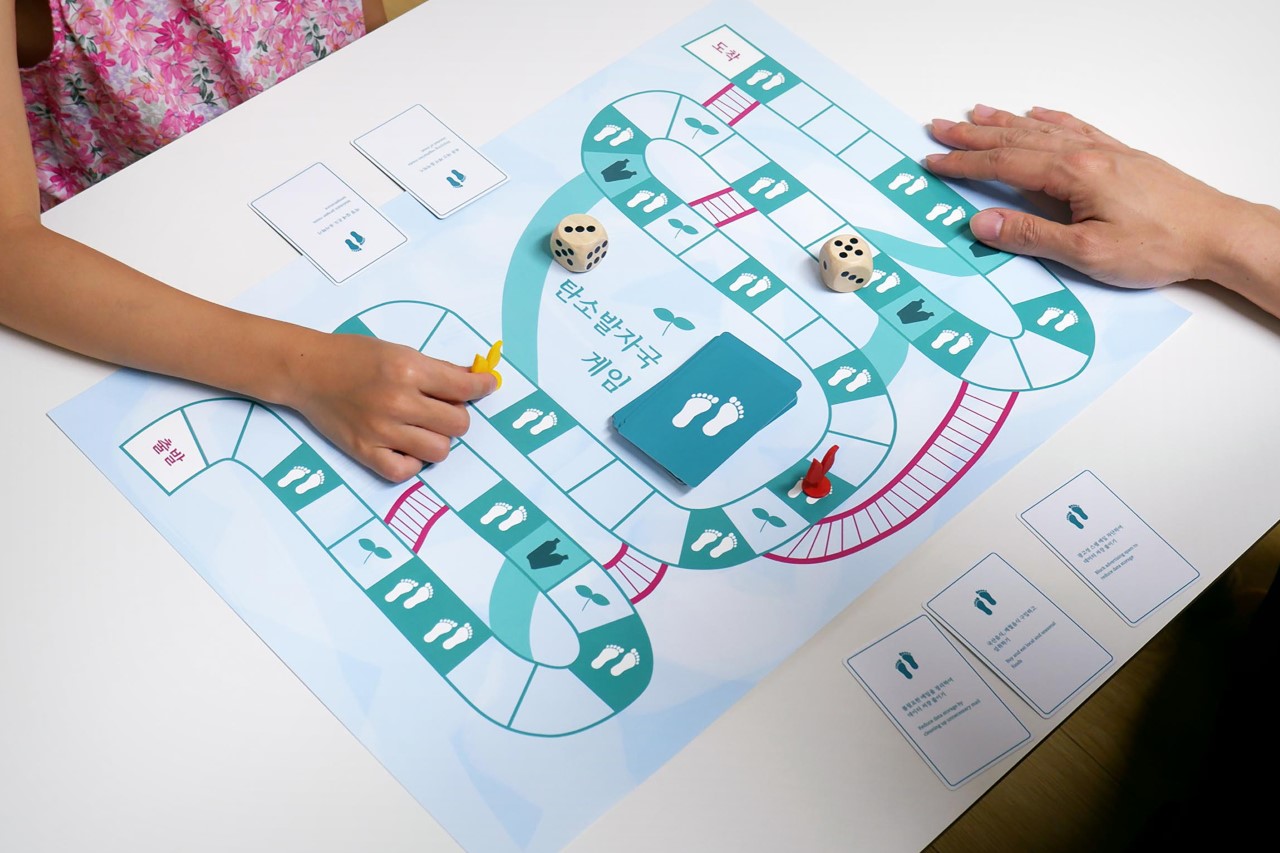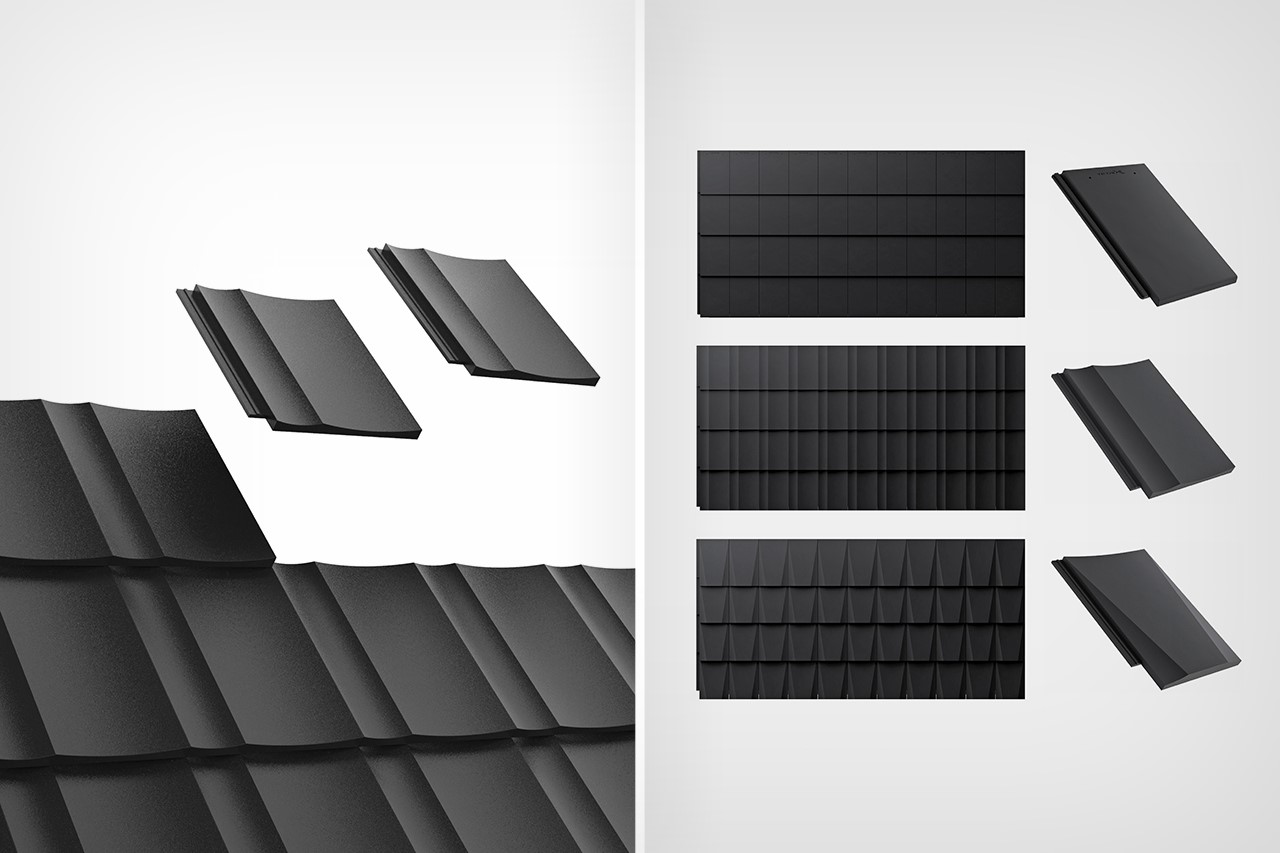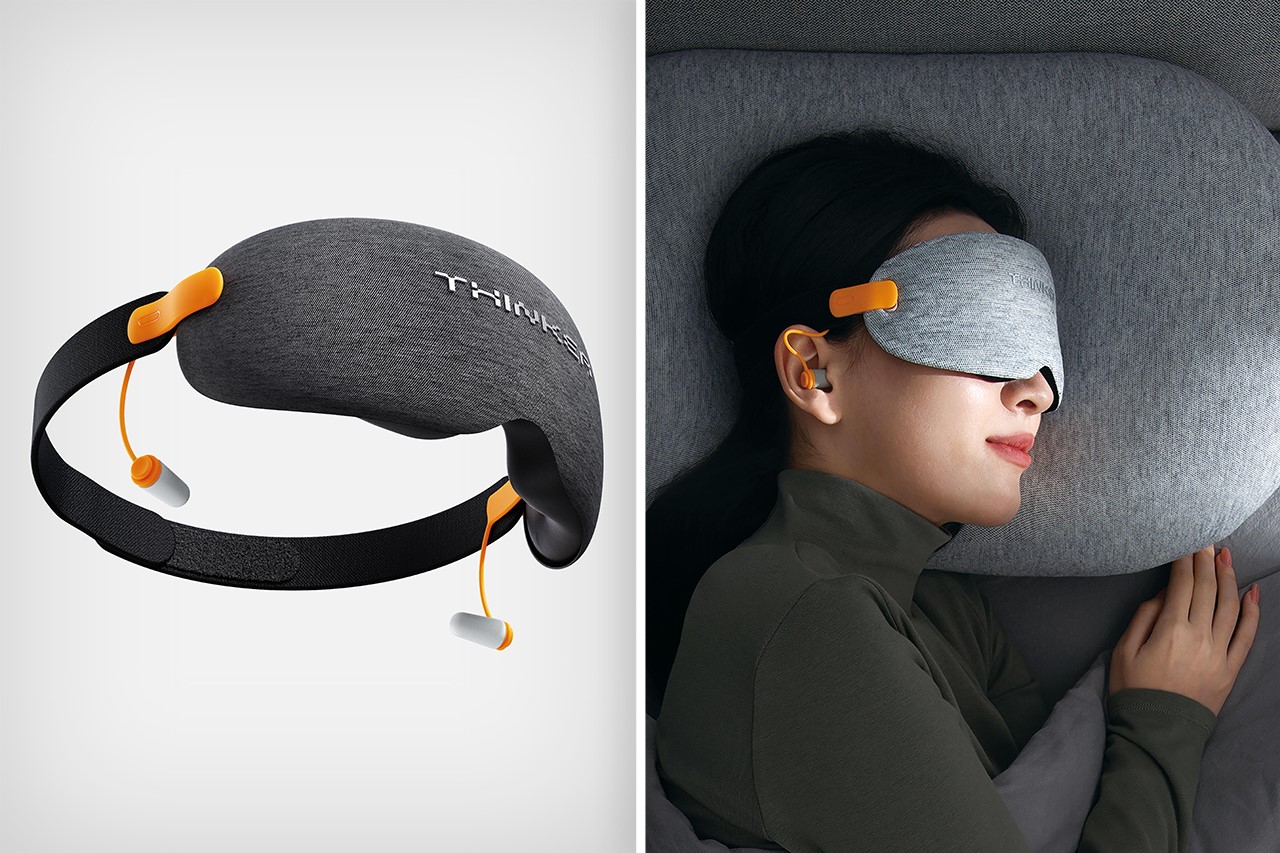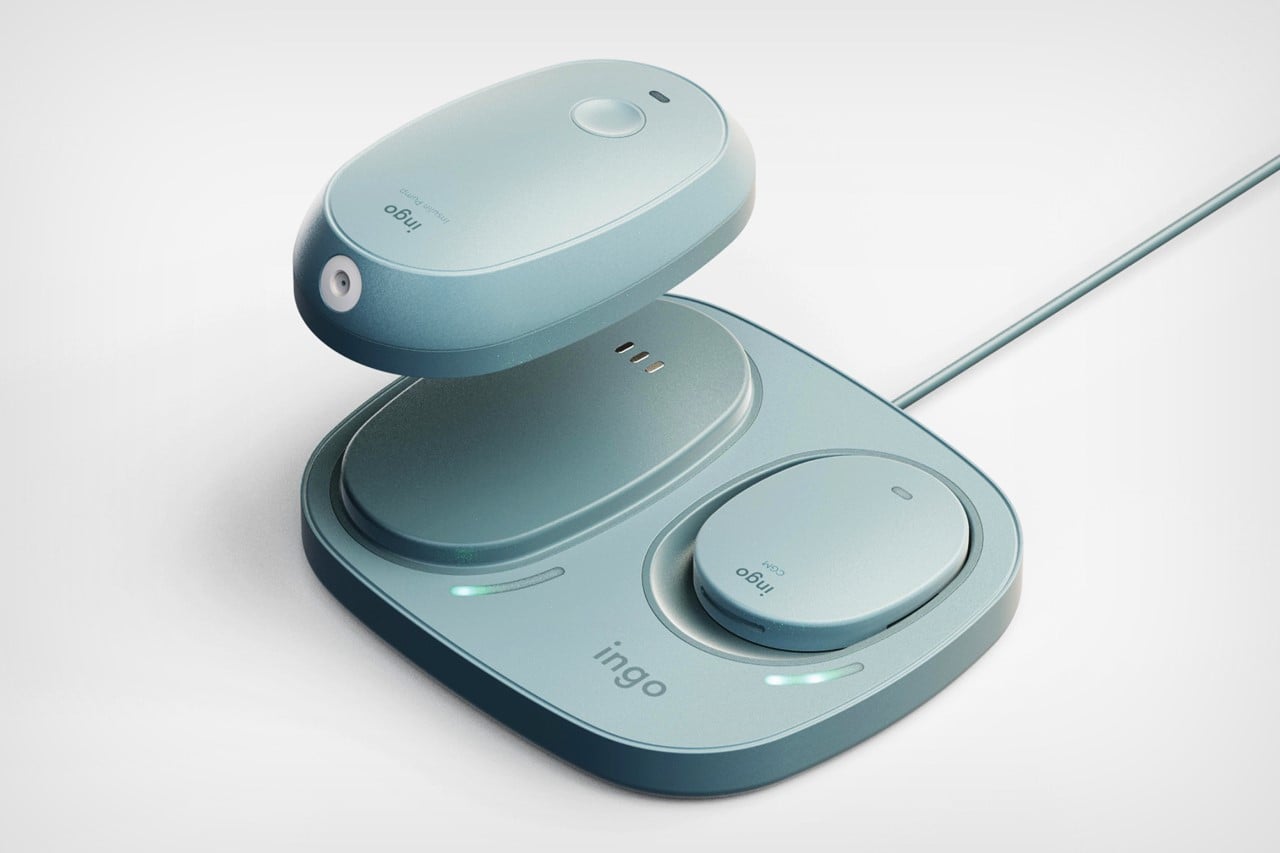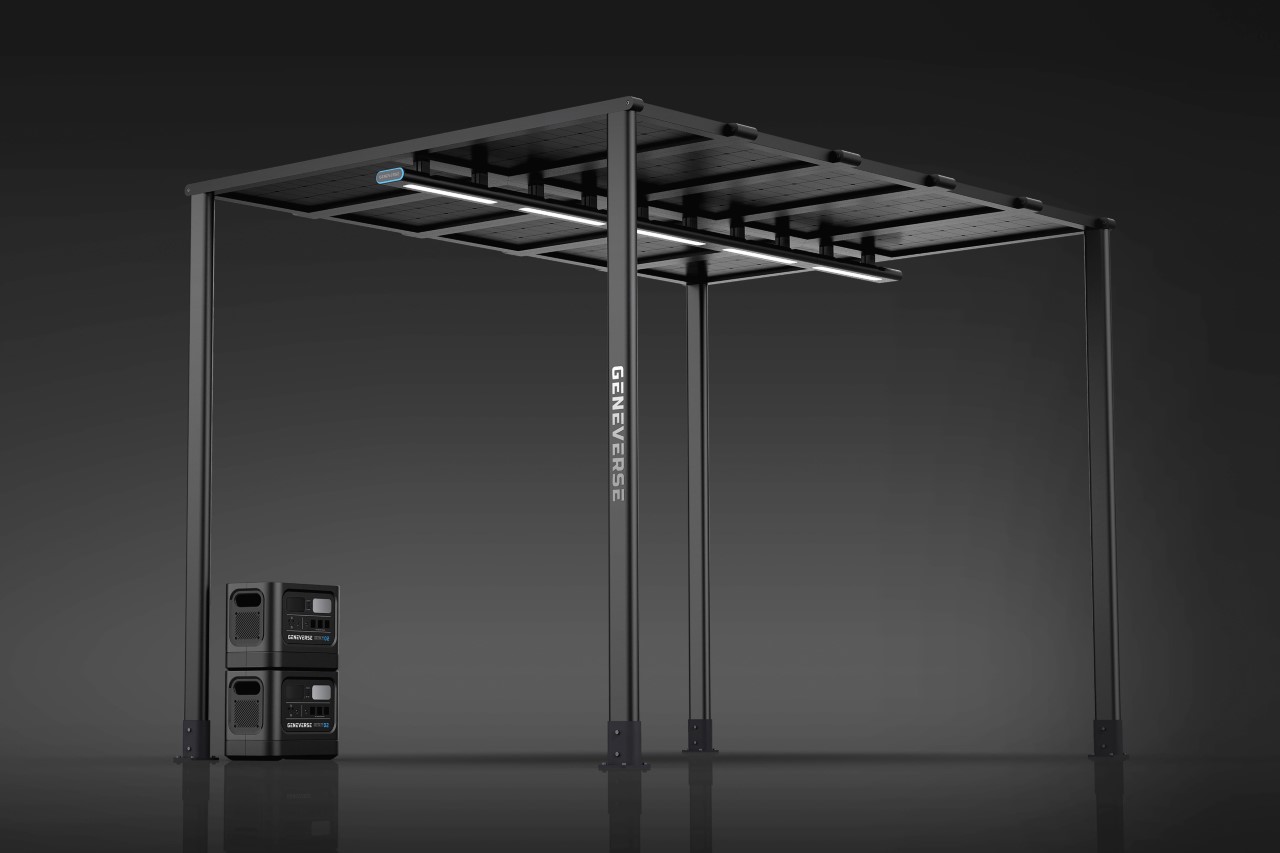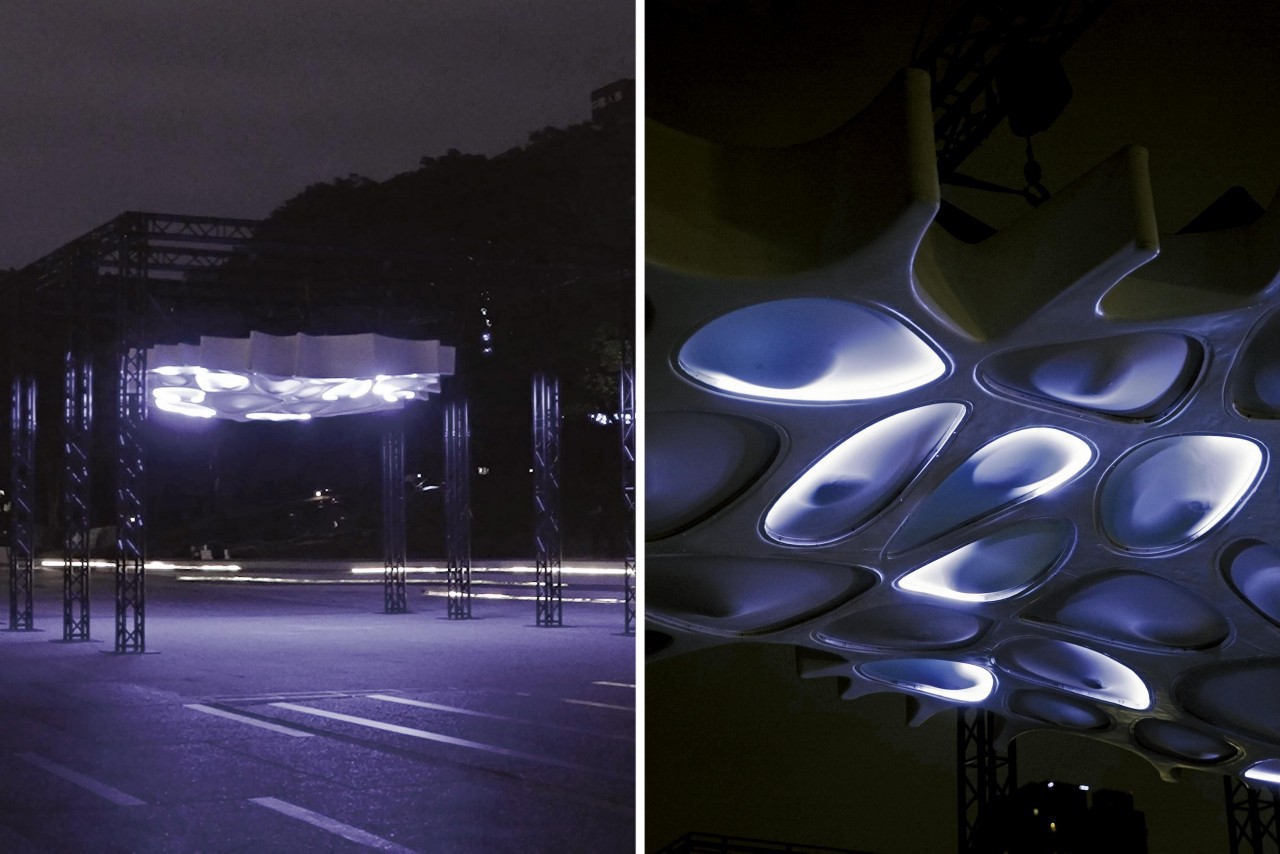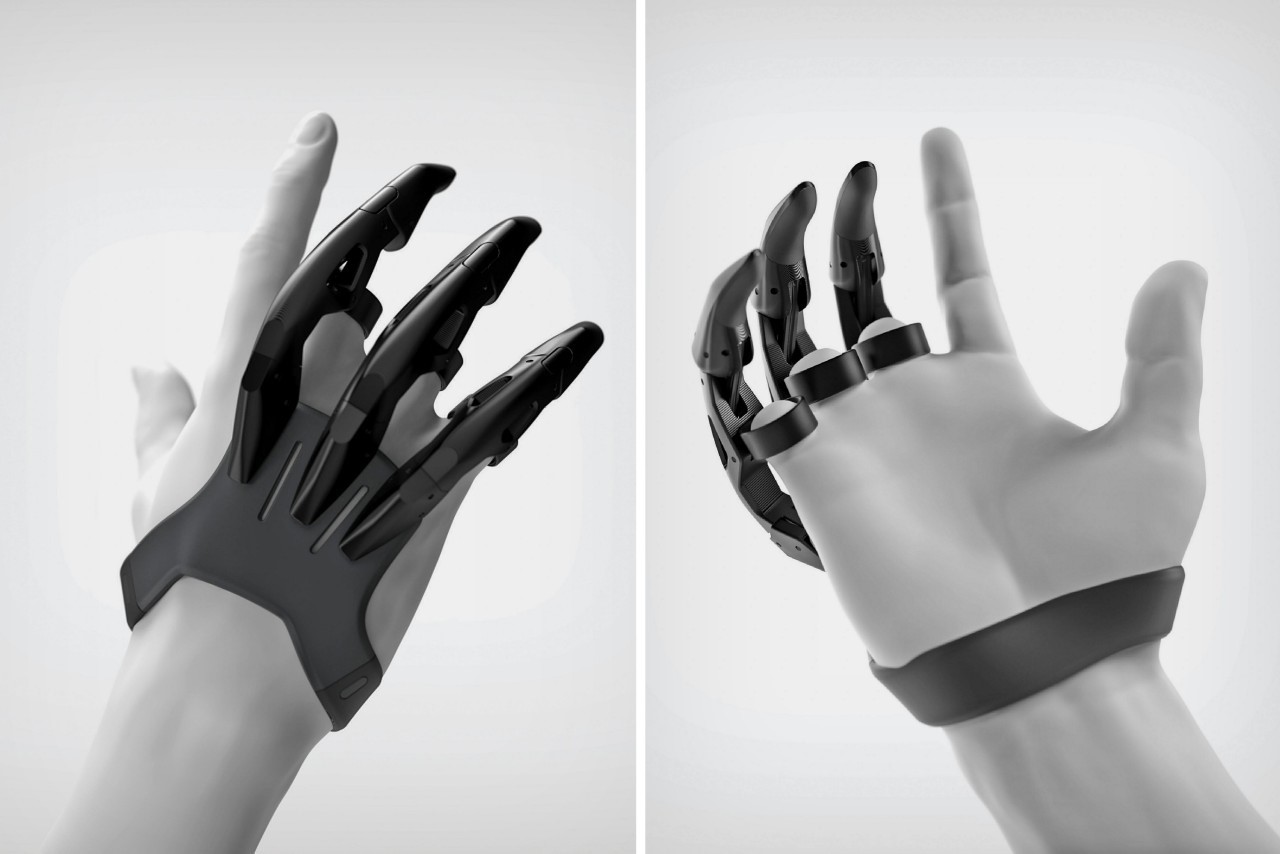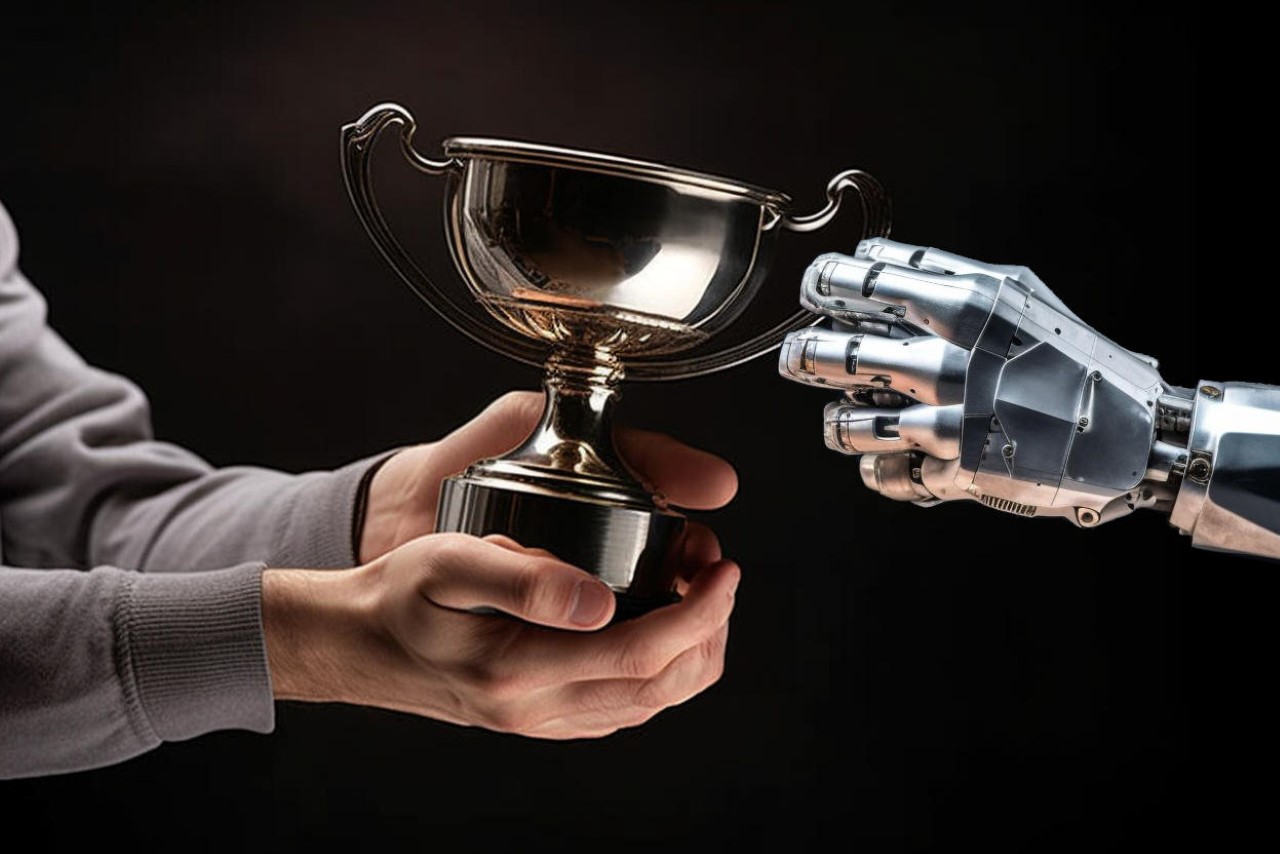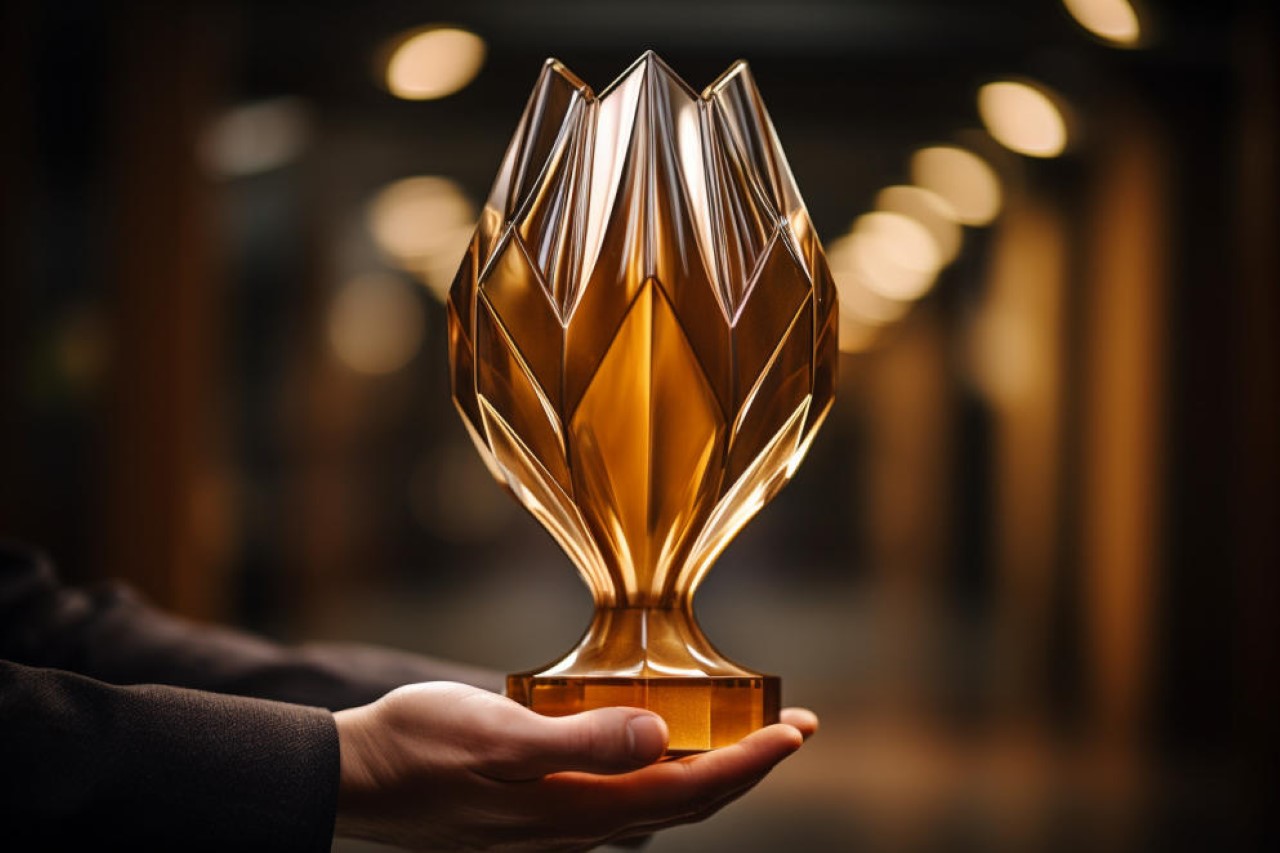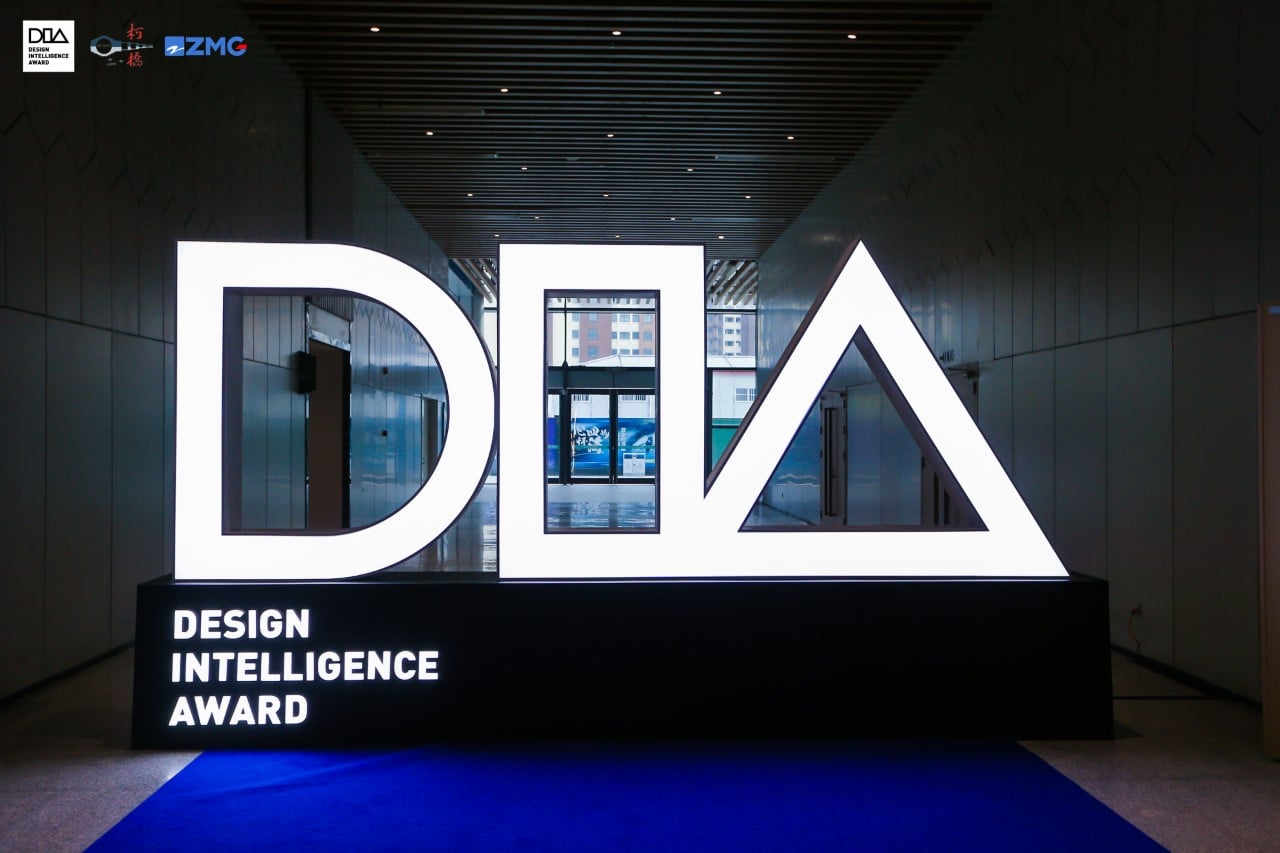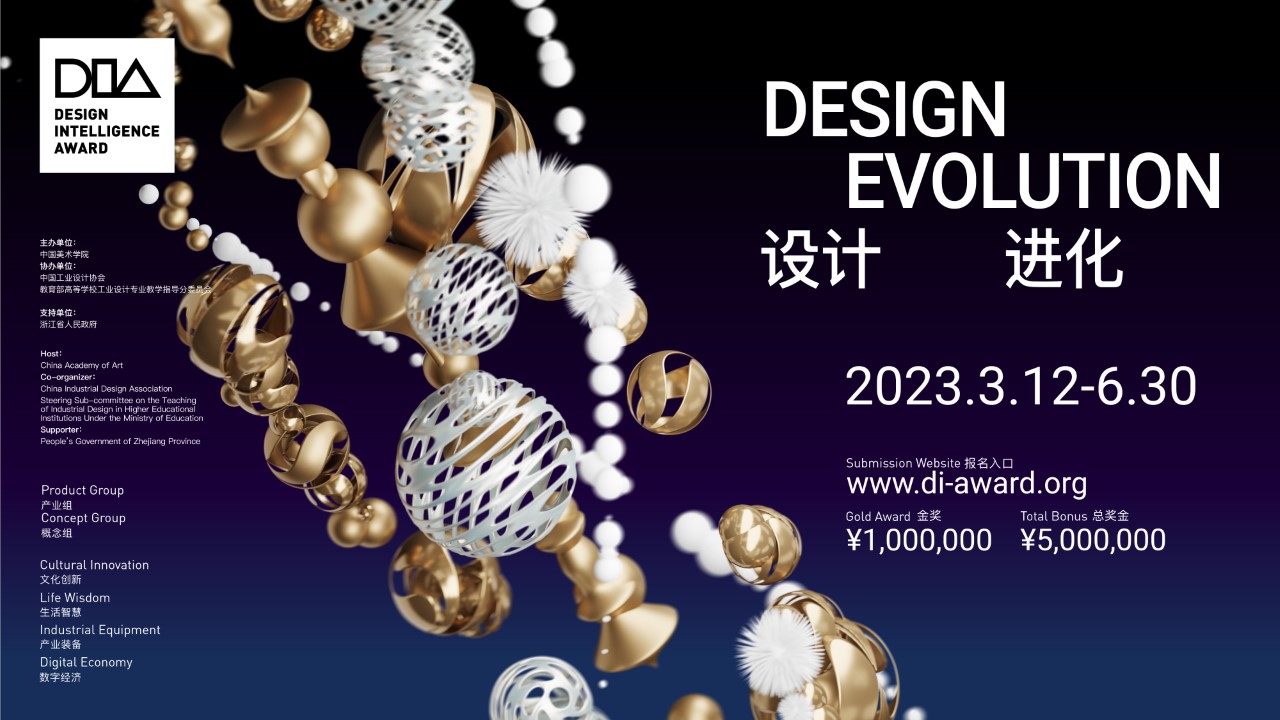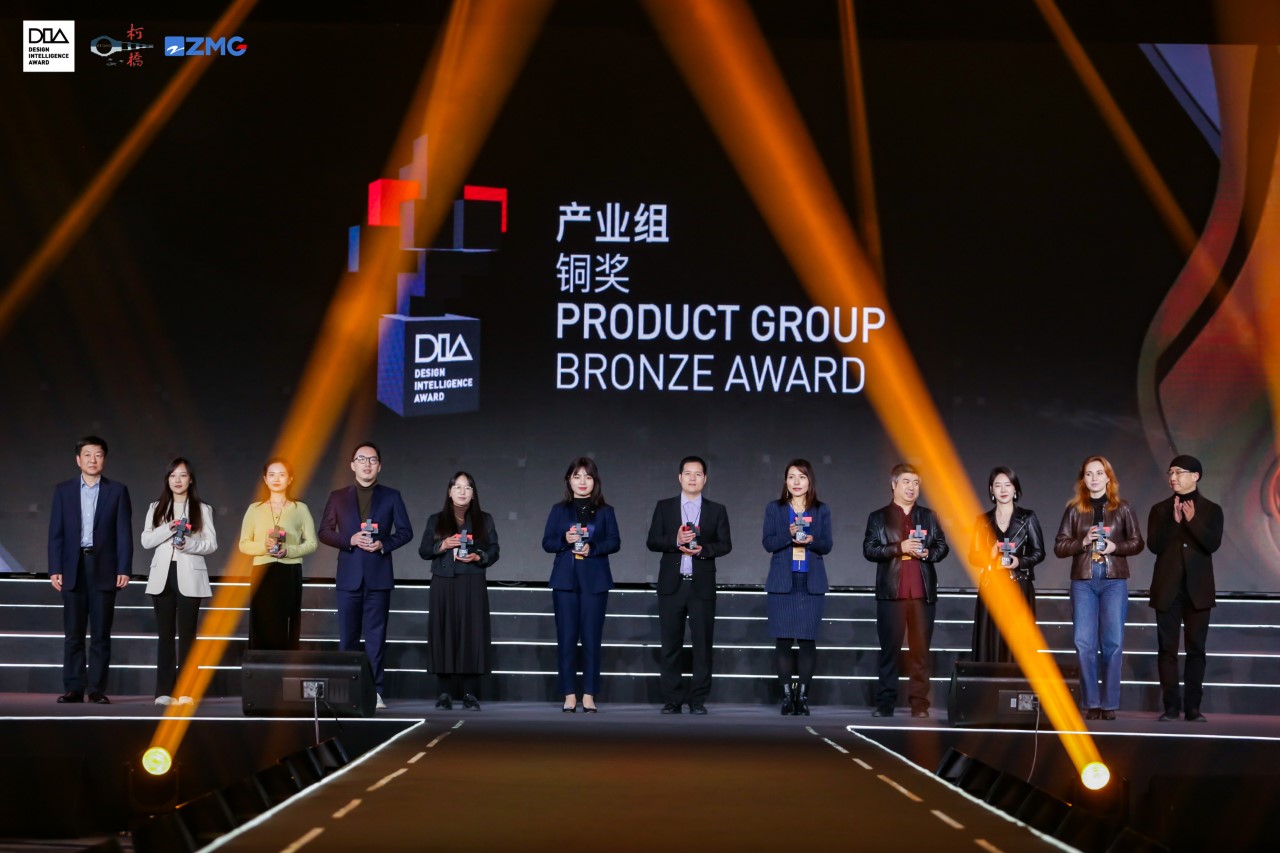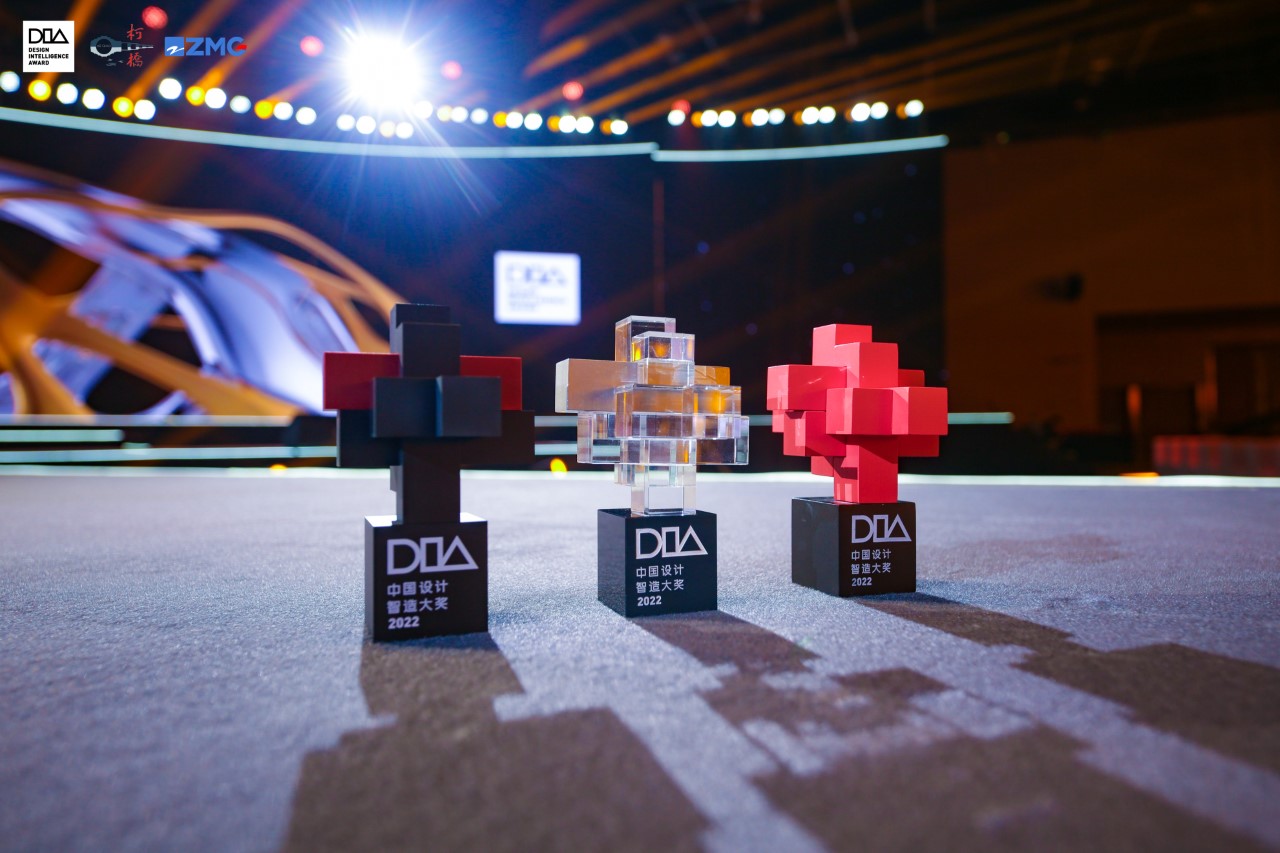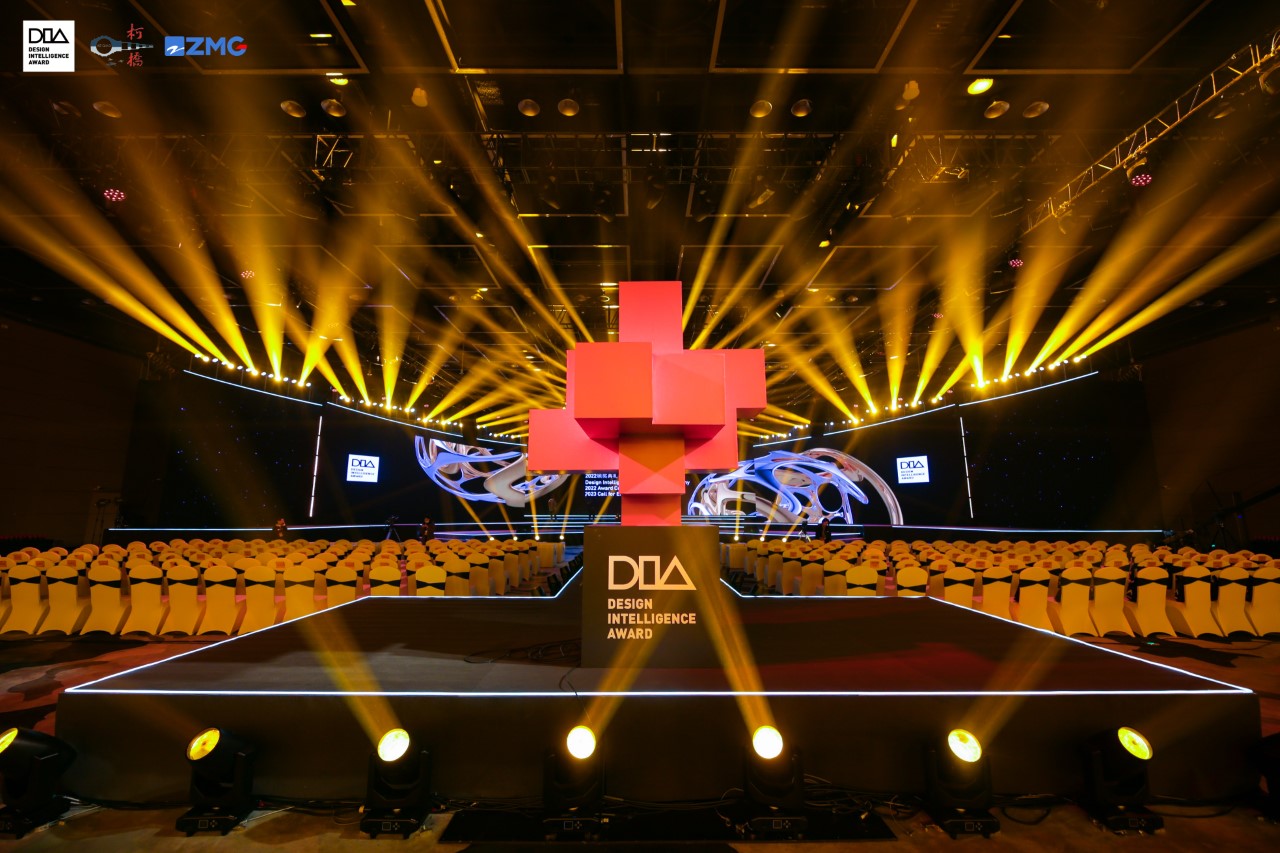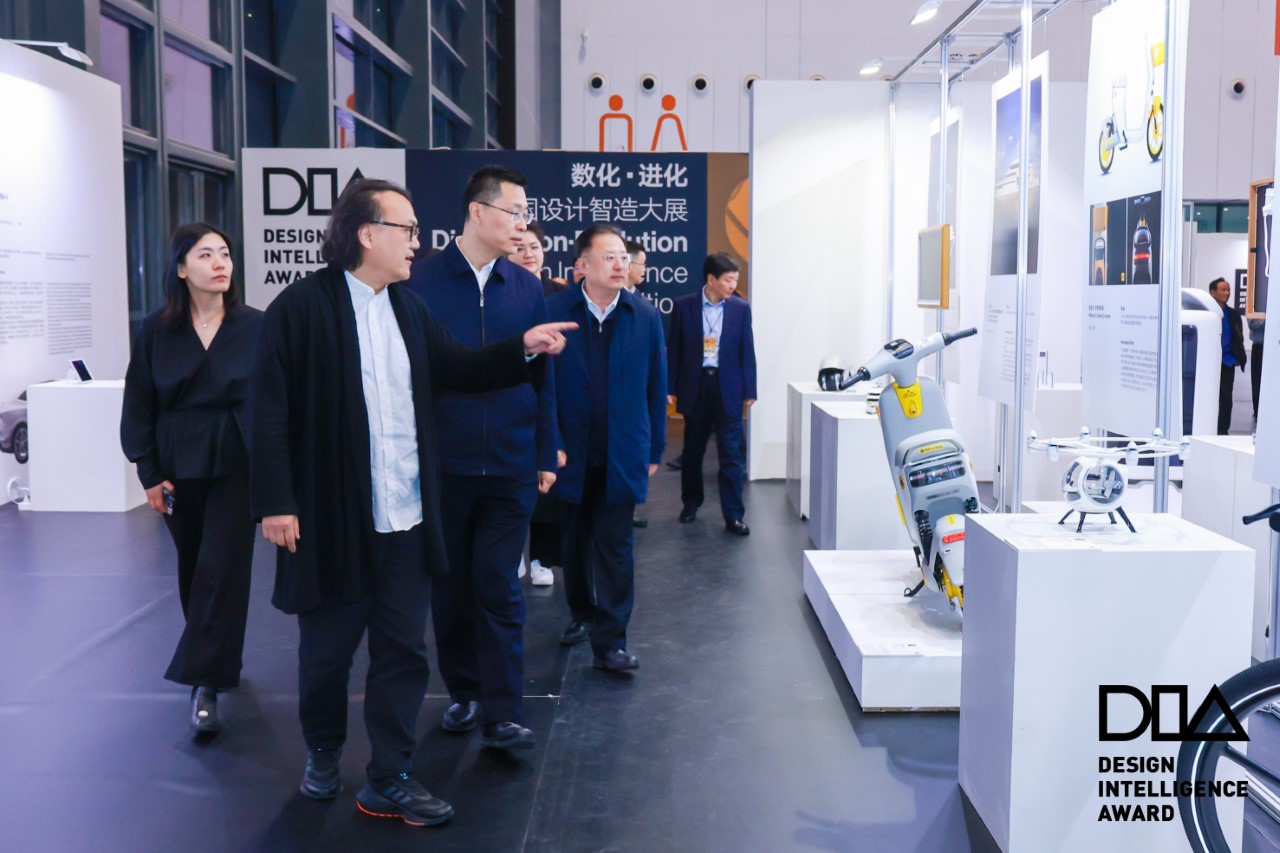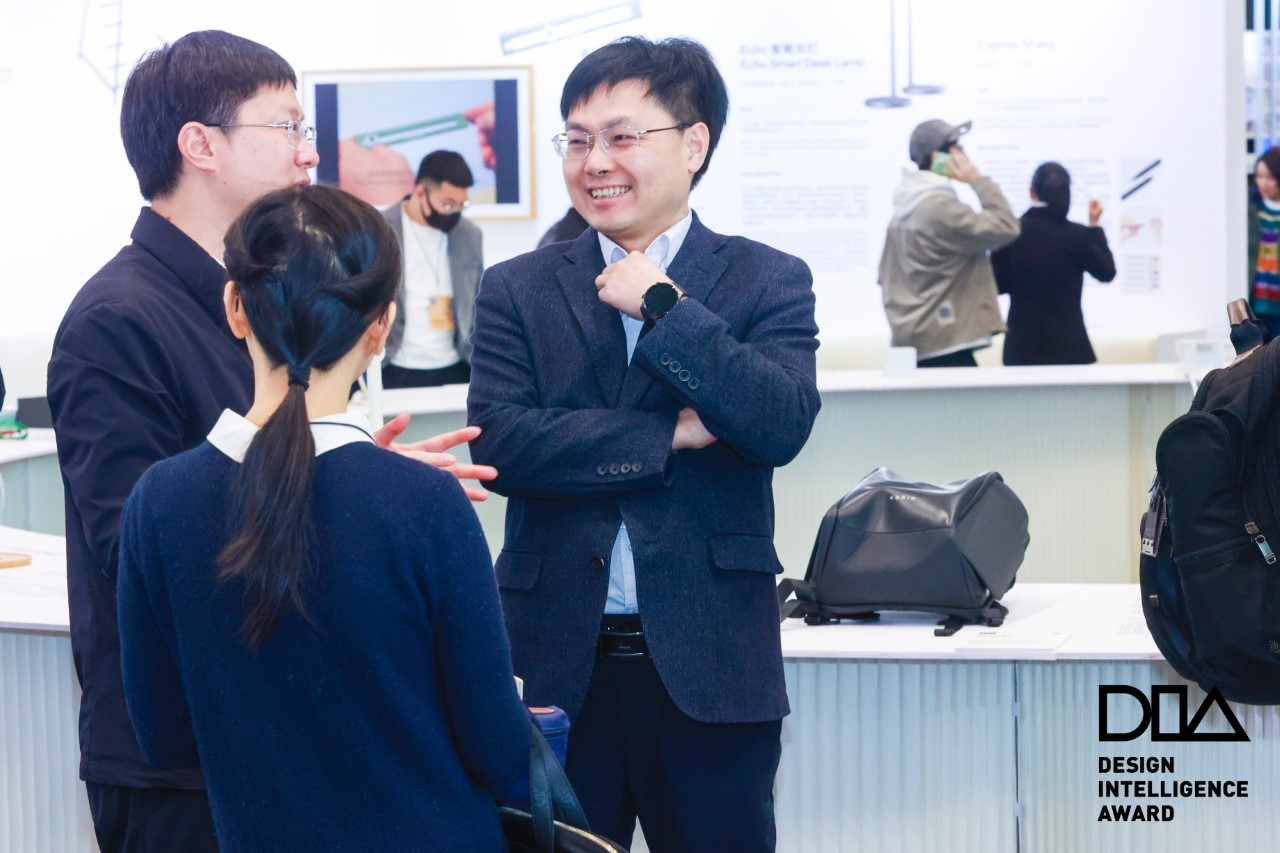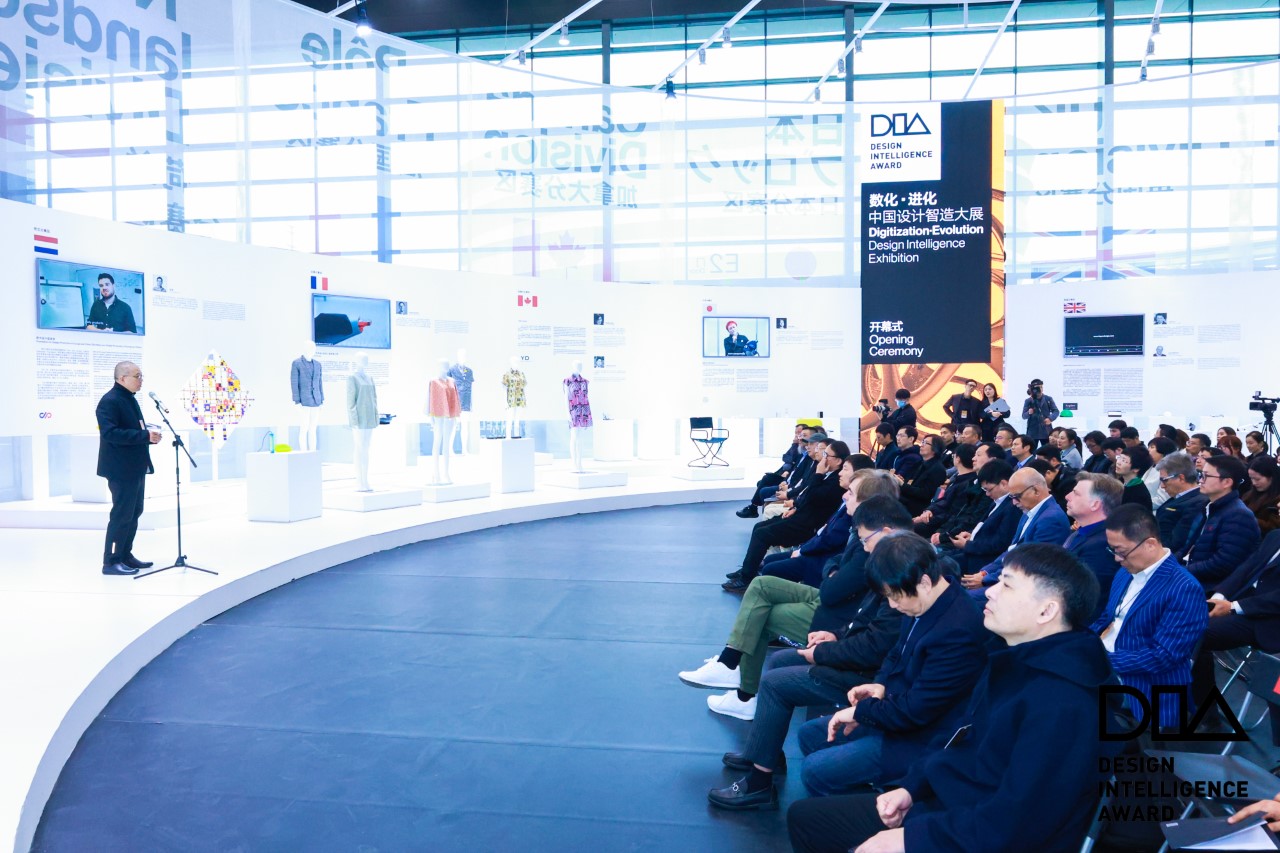It seems almost perfect that with the year 2023 coming to a close, the Design Intelligence Award unveiled its winners for the year and the competition gone by. The Design Intelligence Award (DIA), conceived by the China Academy of Art in 2015, stands as a beacon of creativity and entrepreneurial zest in the design world. More than just a ceremony to honor outstanding design, the DIA aims to be a dynamic incubator, fostering groundbreaking products that aim to make a tangible difference in people’s lives. This initiative, open to all without an entry fee, unfolds through a meticulous three-phase evaluation, spotlighting designs that promise significant benefits to humanity. The DIA’s mission extends to boosting global trade and enhancing connections, thereby fortifying the Global East’s presence in the predominantly West-centric design industry. Recognizing that the true power of design lies in its widespread impact, the DIA has established a substantial prize fund of ¥5 million RMB (around $704,600 USD), dedicated to transforming exceptional ideas into extraordinary designs.
Bringing together an esteemed jury panel comprising experts from 37 countries, the DIA meticulously selects 30 groundbreaking projects that exemplify innovation and positive societal impact. Winners receive a share of the ¥5 million RMB prize fund, with the top project awarded ¥1 million RMB. These visionaries are also invited to the prestigious DIA Award Ceremony, offering unparalleled networking opportunities with global leaders from various sectors, including design, academia, and media. Additionally, winners have the chance to attend the D-WILL expert lectures, aimed at fostering innovation and connectivity. This exposure, coupled with a coordinated PR campaign, further elevates their work to a wider audience. With the 2023 edition of the award program having come to a close, a look at some of the top winners reveals a few interesting trends. The personal robots are resurging, as are prosthetics and EVs. Luxury designs continue to hold their clout, whereas self-driving technology seems to have gone on the decline. Here is a look at some of our top winners of the 2023 Design Intelligent Award.
Click here to view all the Winners of the 2023 Design Intelligence Award
2023 Design Intelligence Award – Winners and Honorable Mentions
BrainRobotics Hini Hand by Zhejiang Qiangnao Technology Co., Ltd.
A Gold Award Winner at the DIA this year, the BrainRobotics Mini Hand, honored at the Design Intelligence Award, revolutionizes the field of prosthetics by weaving artificial intelligence into the product for a much more natural, intuitive experience for the wearer. This effectively eliminates the need for physical buttons or joysticks, relying instead on electromyography sensors to interpret muscle signals from the residual limb. These sensors are adept at translating these signals into precise and lifelike hand movements. This innovative design empowers amputees to perform a variety of actions effortlessly, closely mimicking the natural function of a human hand. The BrainRobotics Mini Hand represents not just a technological achievement but a leap forward in enhancing the daily lives of individuals with limb loss, providing a new level of independence and improved quality of life.
LEMMO One E-Bike by Springtime Design for Hypaths Gmbh
With its unique detachable battery that fits snugly within the bicycle’s frame, the LEMMO one distinctly separates its mechanical and technological elements in a way that gives its riders the best of both worlds. Crafted by Hypaths Gmbh and Springtime Design, this electric bike is a fusion of practicality and style, perfect for both the bustling streets and leisurely paths. The innovative design of the LEMMO One lies in its clever, detachable battery pack that you can remove, carry around, and charge independently. This unique feature allows it to effortlessly switch roles – from a robust e-bike for daily commutes to a sporty pedal bike for recreational rides. This adaptability isn’t just about versatility; it also simplifies upgrades and maintenance of electronic parts, significantly enhancing the bike’s longevity.
nubia Pad 3D by ZTE Corporation
Crafted by ZTE Corporation, the nubia Pad 3D holds the distinction of being the world’s first AI-powered glasses-free 3D tablet, pushing the boundaries of digital interaction. This tablet boasts a sleek unibody design, combining an aerospace-grade anodized alloy body with a sandblasting oxidation process, resulting in a design that’s both elegant and durable. But it’s the inside that truly dazzles: the nubia Pad 3D is equipped with two sets of AI engines and super bionic cameras, both front and back. Its most remarkable feature is the unique 3D light field display technology. This allows for real-time conversion from 2D to 3D across various scenarios, without the need for special glasses. Enhanced by AI real-time face tracking and eight types of field of view adjustments, it offers an adaptable and immersive viewing experience.
Living Coffin by Loop Biotech
The Loop Living Cocoon is a biodegradable coffin that can turn a decomposing body into nutrients for plants. The coffin is made from mycelium, the root structure of mushrooms, and upcycled hemp fibers. It biodegrades in about 45 days. The coffin is designed to be a sustainable burial option that can improve the quality of the surrounding soil. The mycelium neutralizes toxins in the soil and body, and it also speeds up the decomposition process. The base of the coffin is even lined with a bed of moss, which, apart from providing a nice surface to rest the body on, also helps with the decomposition process.
yangwang U8 EV by BYD Company Limited
The yangwang U8, BYD Company Limited’s foray into luxury off-road vehicles, is turning heads with its blend of high performance and elegance. As the flagship model of the YANGWANG brand, the U8 is designed for those who crave both the thrill of the rugged trails and the comfort of a luxury car. The vehicle stands out for its fusion of top-tier safety features, performance capabilities, and comfort, although it has some rather impressive features that definitely are deserving of the award. The U8 boasts impressive off-road capabilities, including the ability to float on water for 30 minutes and execute a 360° tank turn. The award-winning EV sports a four-wheel drive, but also packs a 2.0-liter turbocharged four-cylinder engine (and a 75-liter fuel tank) that helps boost its range to a whopping 1,000 km (620 mi).
OBSBOT Tiny 2 Webcam by REMO TECH Co., Ltd.
The OBSBOT Tiny 2 isn’t your average webcam. Aside from boasting 4K output, it also leverages AI abilities to elevate your video experience, whether for live streaming, video meetings, or online classes. The OBSBOT Tiny 2 packs an exceptional 1/1.5″ sensor, ensuring vivid video quality in any lighting condition, but what really sets it apart is the 3-axis gimbal it sits on, allowing it to detect subjects and follow them around intelligently and with a great deal of flexibility and range. Its compact and exquisite design makes it an attractive addition to any setup, blending functionality with aesthetics. But it’s the innovative AI technology that truly defines the OBSBOT Tiny 2. This feature not only enhances video quality but also introduces new possibilities in user interaction and engagement. Whether you’re an educator, a professional, or a content creator, the OBSBOT Tiny 2 is designed to adapt to a variety of usage scenarios, making it a versatile tool in the evolving landscape of digital communication.
Freeze into Fragments of Time Lipstick by Carslan
Inspired by the hourglass, this series of lipsticks looks less like cosmetics and more like jewelry. The inspiration for the lipstick’s body comes from the ‘Sands of Time’, with a gorgeously faceted body comprising multitudes of intersecting cubes, trapped in a transparent outer housing. The result is a lipstick that looks positively precious with its shimmering appeal and how every single corner of every square reflects light to make the tiny lip-tinter look like a gorgeous piece of glittering pyrite!
Seiko Metronome Watch by Seiko Watch Corporation
The Seiko Metronome Watch SMW series, developed by Seiko Watch Corporation, is an inventive blend of traditional timekeeping and musical functionality. Designed by Hitoshi Ando, with Kiyomi Tanemura on the team, this analog metronome watch is a unique offering for musicians. It combines the practicality of a watch with essential features for checking tempo and tone, making it a perfect accessory for musical performances. Arguably the most notable feature of the watch (as its name suggests) is its metronome mode. Here, the watch hands mimic the motion of a classic mechanical metronome, faithfully reproducing the pendulum rod’s natural movement. This functionality is achieved through a specialized module controlling the hands’ motion, creating a harmonious blend of precision and artistry. The watch’s design thoughtfully combines this feature with traditional timekeeping. The display sits within an inner circle, with musical functions distinctly marked along the outer edge plate at different heights. The hands are dual-purpose – their bulging base makes time reading easy, while the tipped end serves for performance indication. This compact, gender-neutral design makes the Seiko Metronome Watch appealing not just to professional musicians but also to students and casual wearers.
JMGO N1 Ultra by Shenzhen Holatak Co., Ltd.
The JMGO N1 Ultra reimagines the traditional projector, presenting a leap forward in home entertainment technology. This innovative device isn’t just about projecting images; it’s an embodiment of how technology can harmoniously blend into our living spaces. Central to the N1 Ultra’s design is its emphasis on user experience. It breaks free from the constraints of typical projectors, offering a seamless integration of devices, content, and environments. The projector features a fashionable, compact, and minimalist design, which allows it to effortlessly integrate into various home settings. One of its key innovations is an integrated gimbal combined with environmental sensing and real-time calibration. This feature enables the N1 Ultra to adapt to different spaces and scenes, offering unprecedented flexibility and environmental adaptability. Whether it’s for an immersive movie night, a vibrant gaming session, or a dynamic home workout, this projector adjusts to suit your needs.
SenseRobot Go Robot by Sensetime
The SenseRobot artfully blends the age-old game of Go with the cutting-edge realm of artificial intelligence. This device represents a significant leap in bringing a traditional board game into the digital world with flair and innovation. Featuring advanced AI vision and robotic arms, the SenseRobot offers a tangible Go-playing experience that caters to various skill levels. It’s equipped with multiple game modes and power levels, appealing to everyone from novices to Go masters. Notably, it even boasts a difficulty level that surpasses human skills, presenting an unprecedented challenge for top-tier players. A standout feature is its compatibility with popular online Go platforms, enabling players to participate in remote matches. This not only keeps the essence of the game alive but also offers a healthier alternative to the prolonged screen time of electronic devices.
Click here to view all the Winners of the 2023 Design Intelligence Award
The post Robots, Prosthetics, EVs stand out as next BIG trends at the Design Intelligence Awards 2023 first appeared on Yanko Design.
